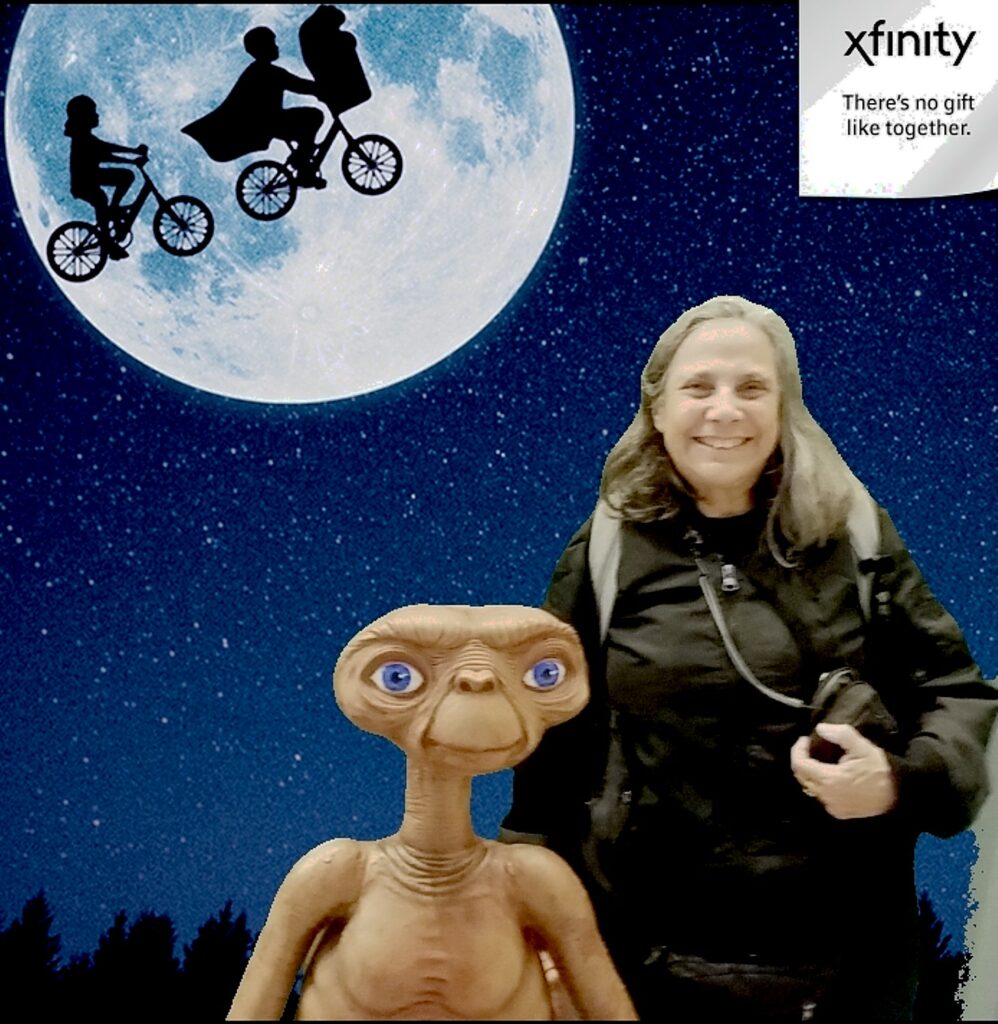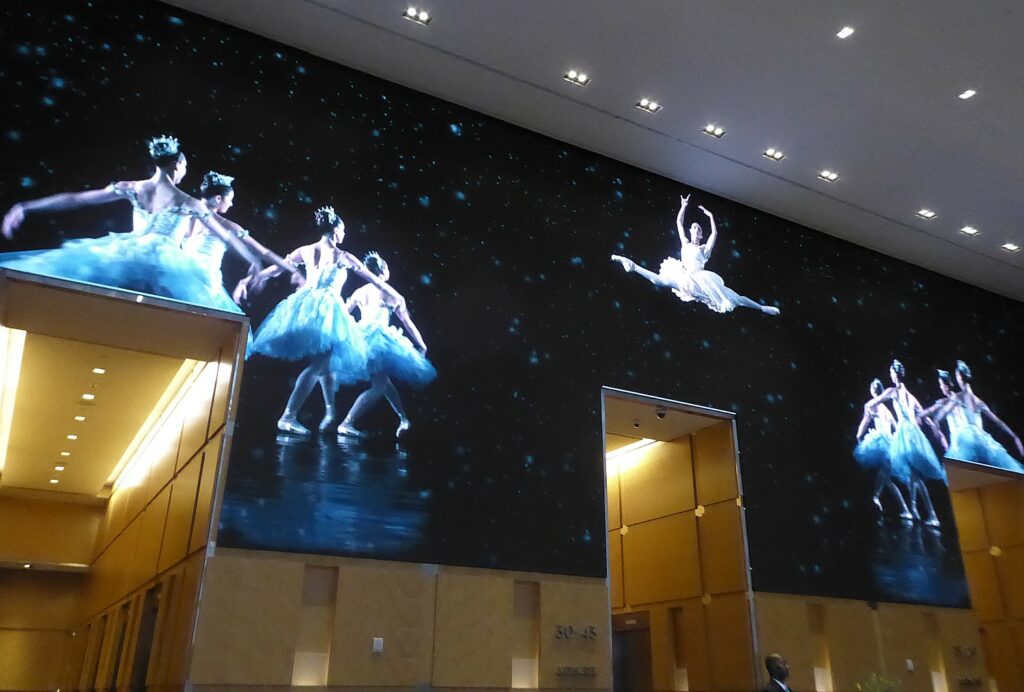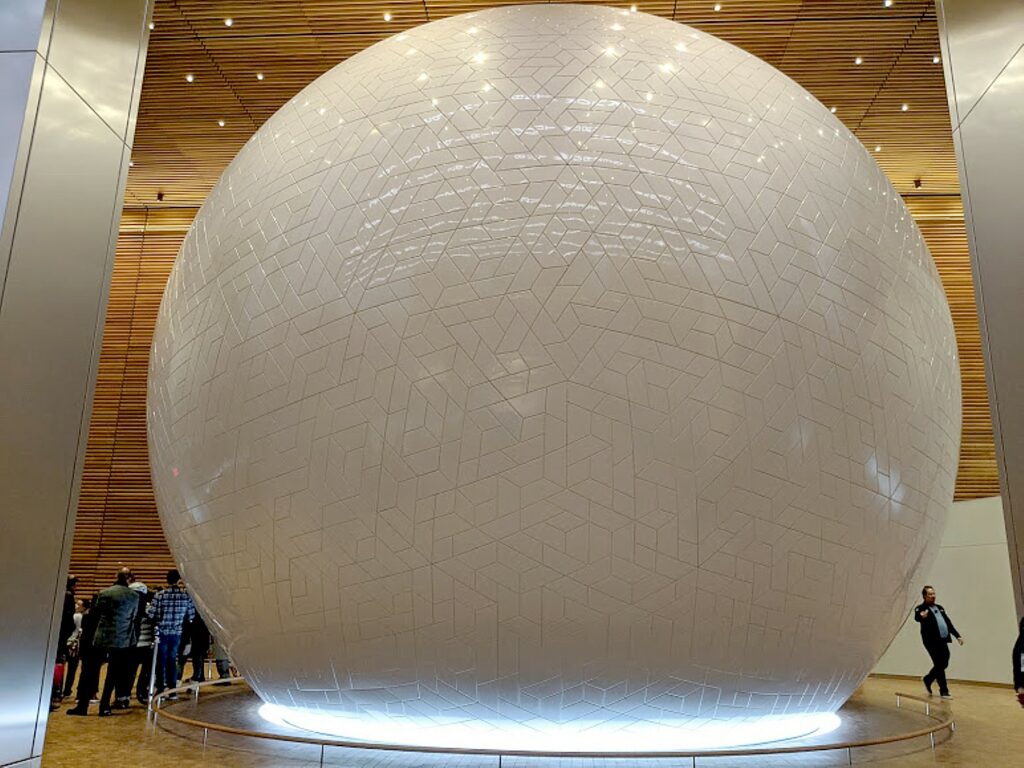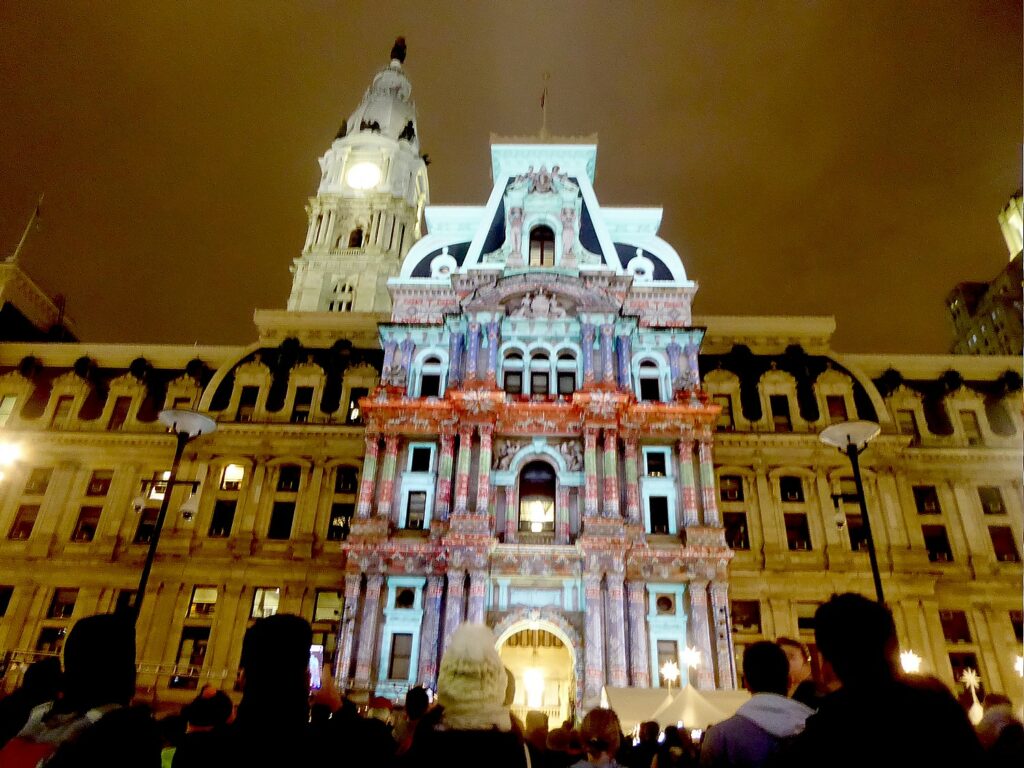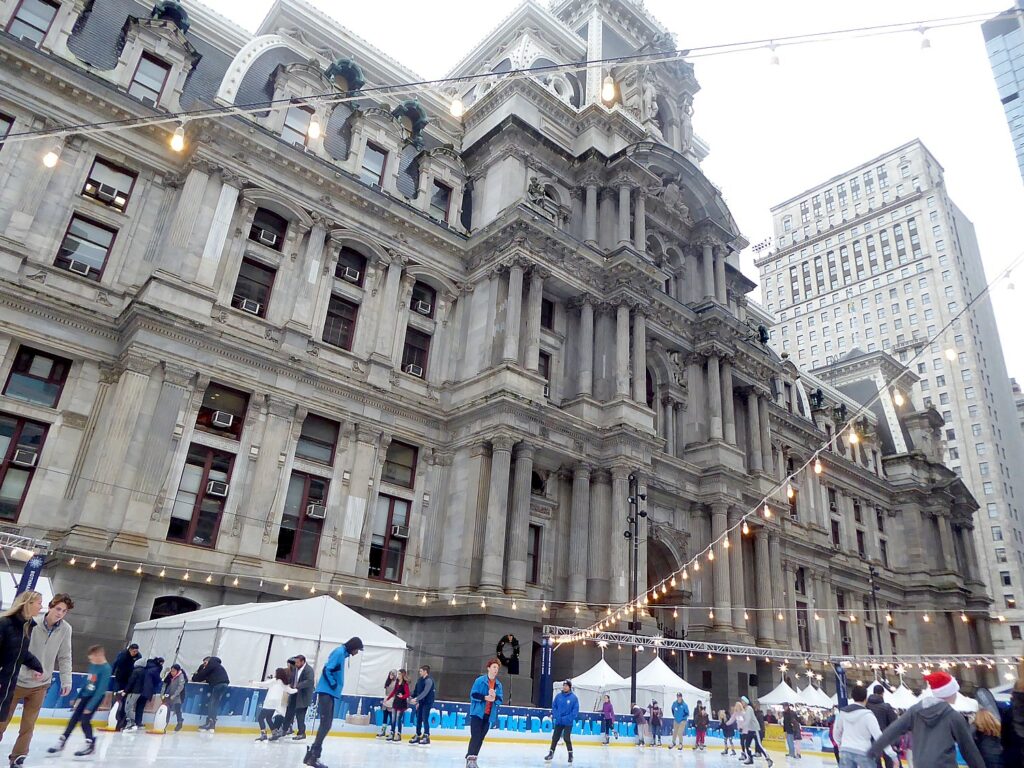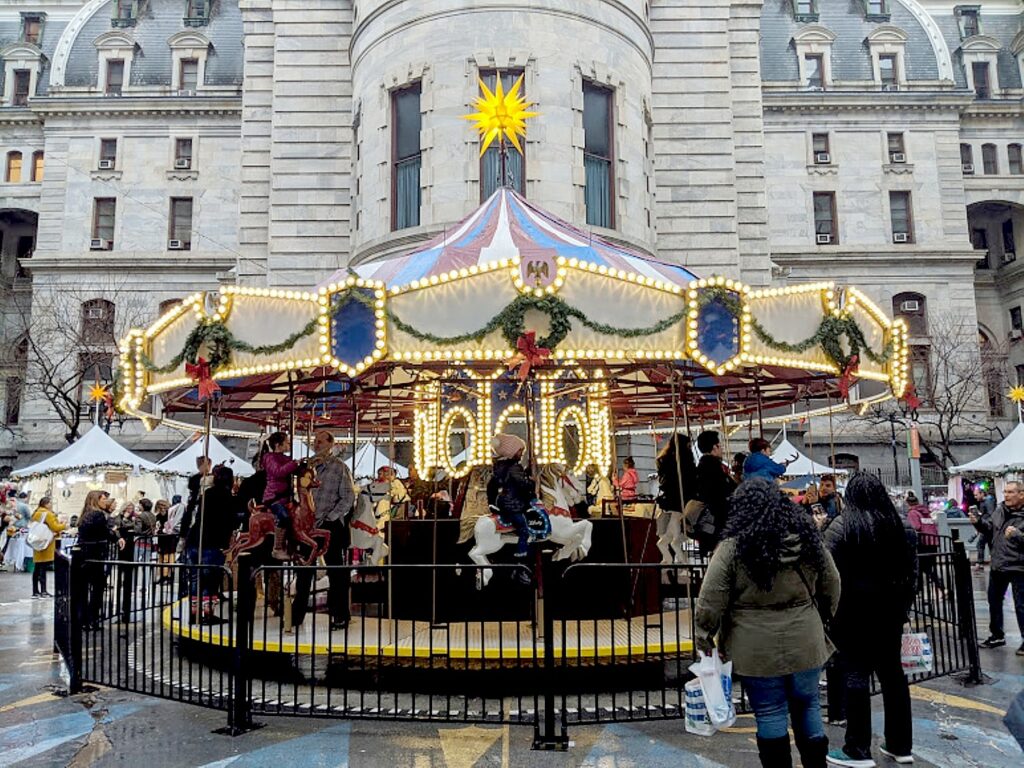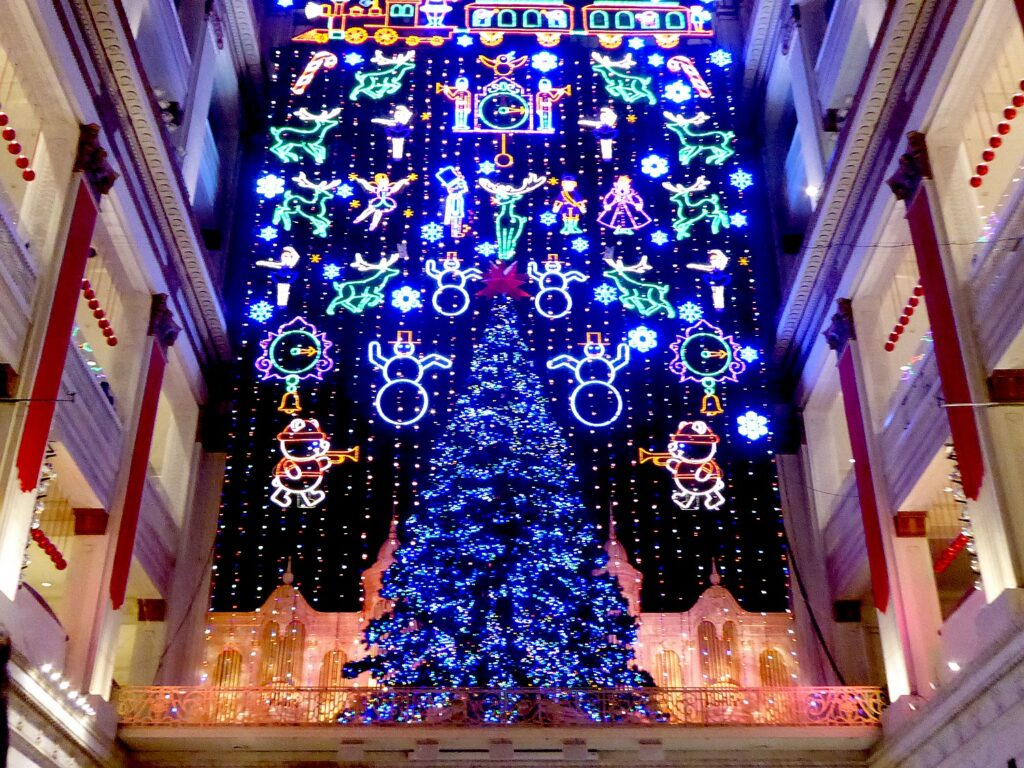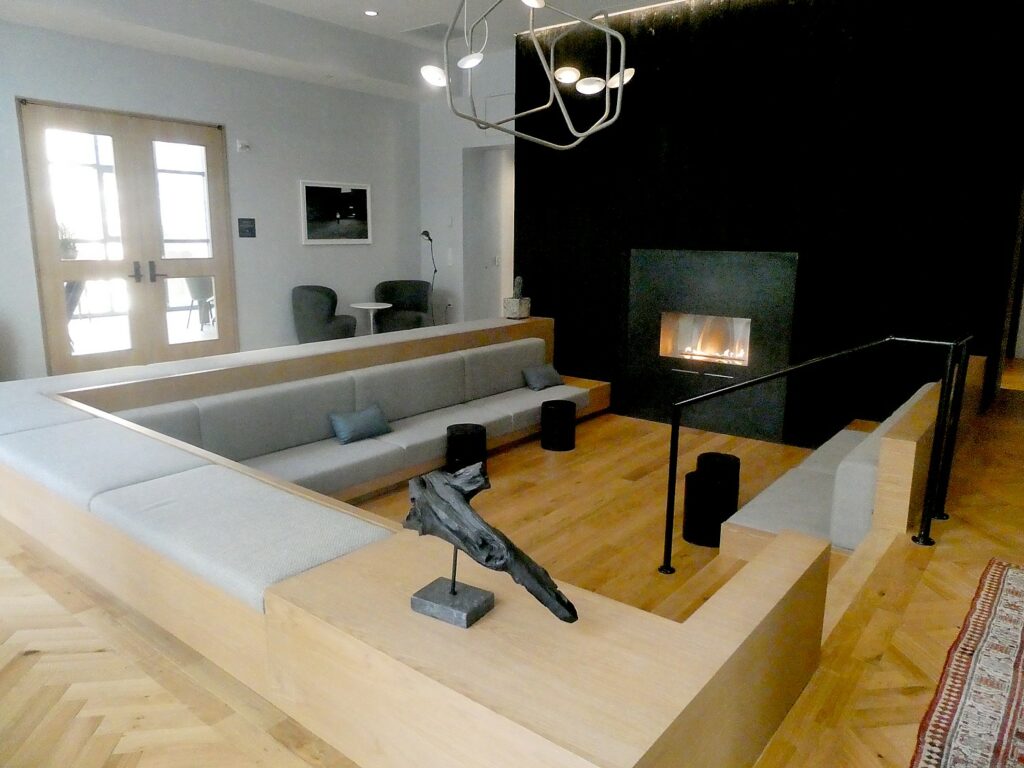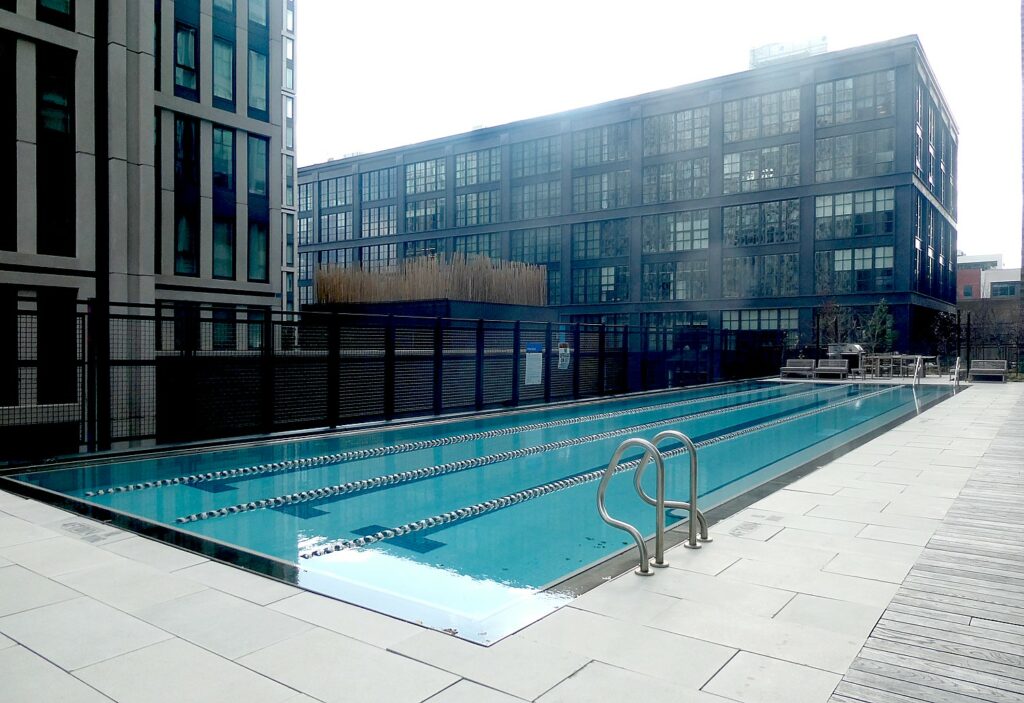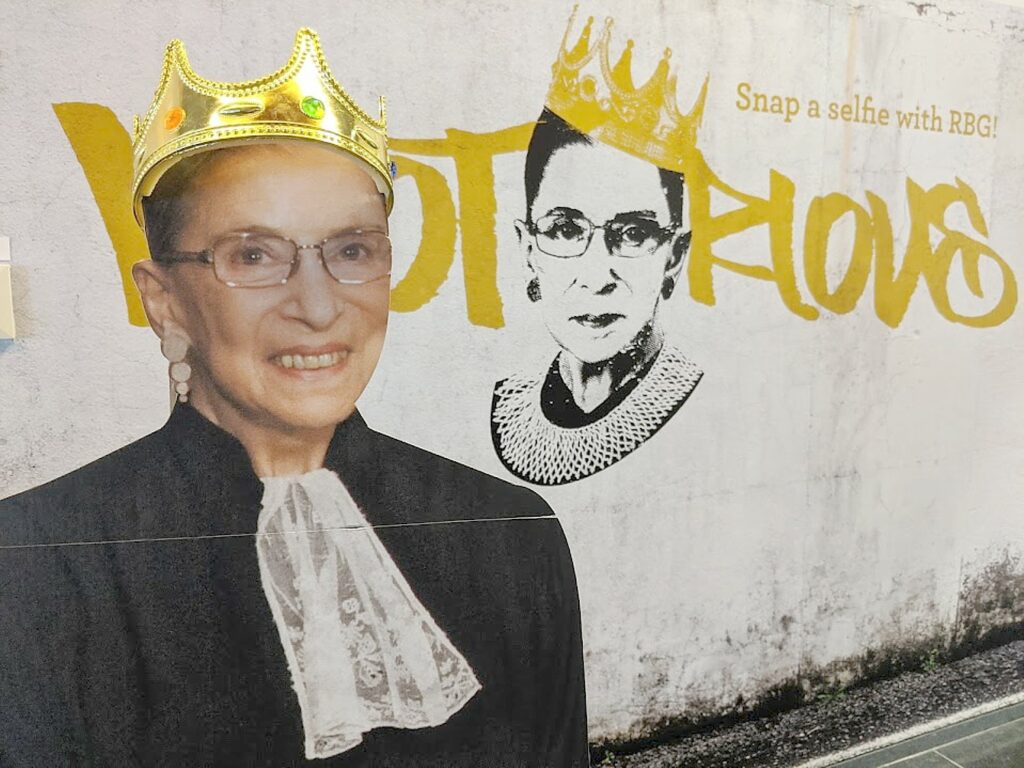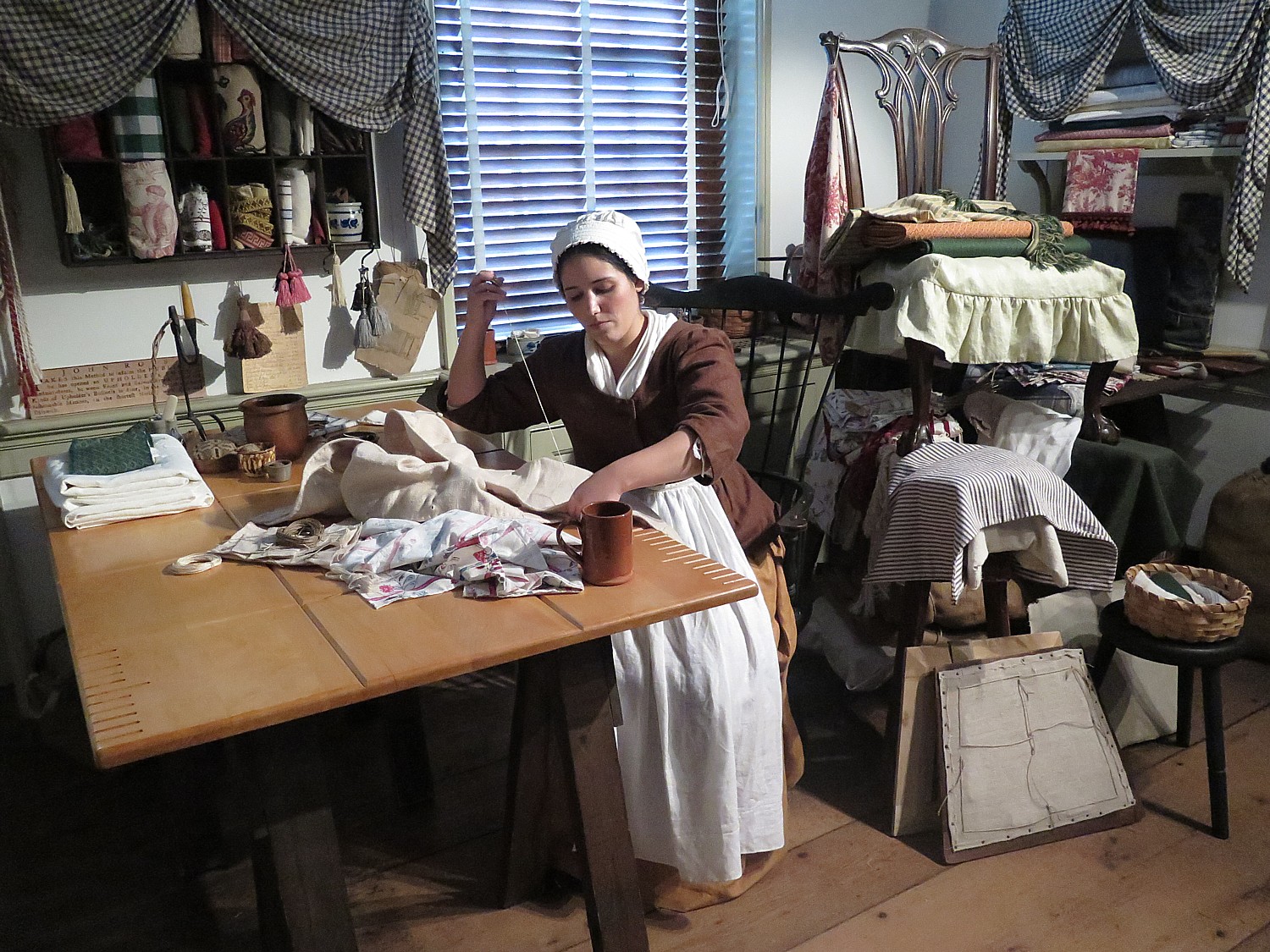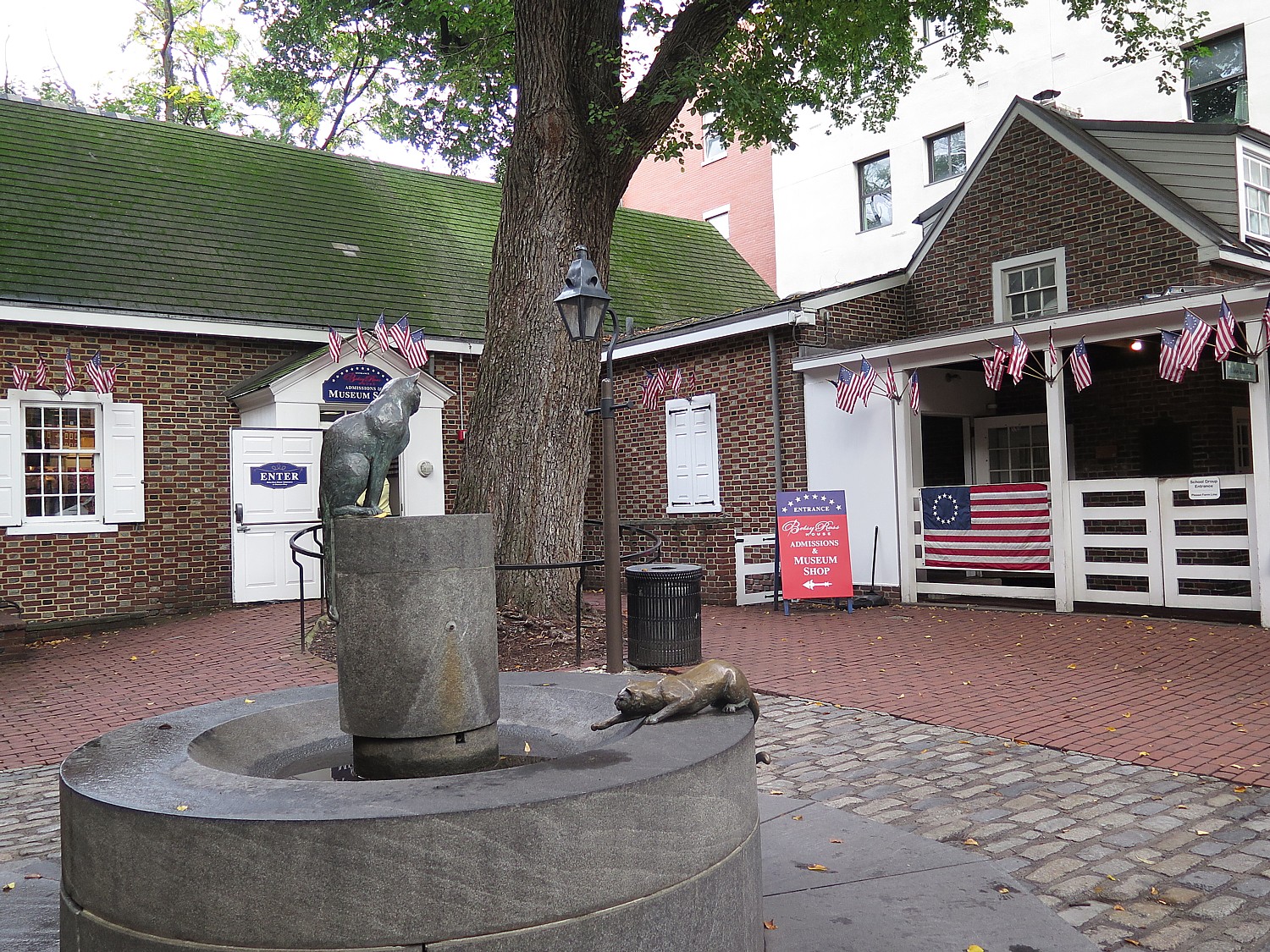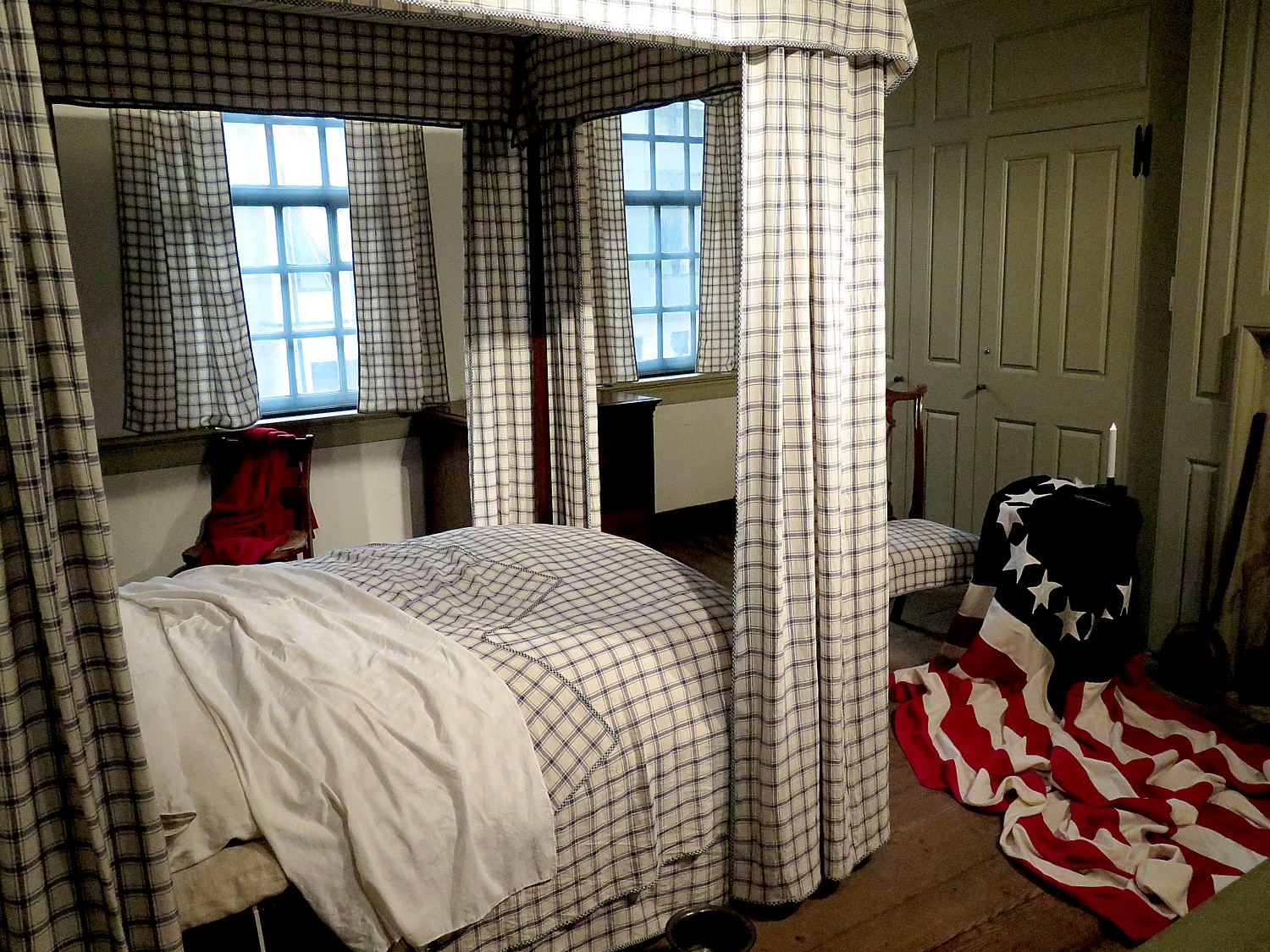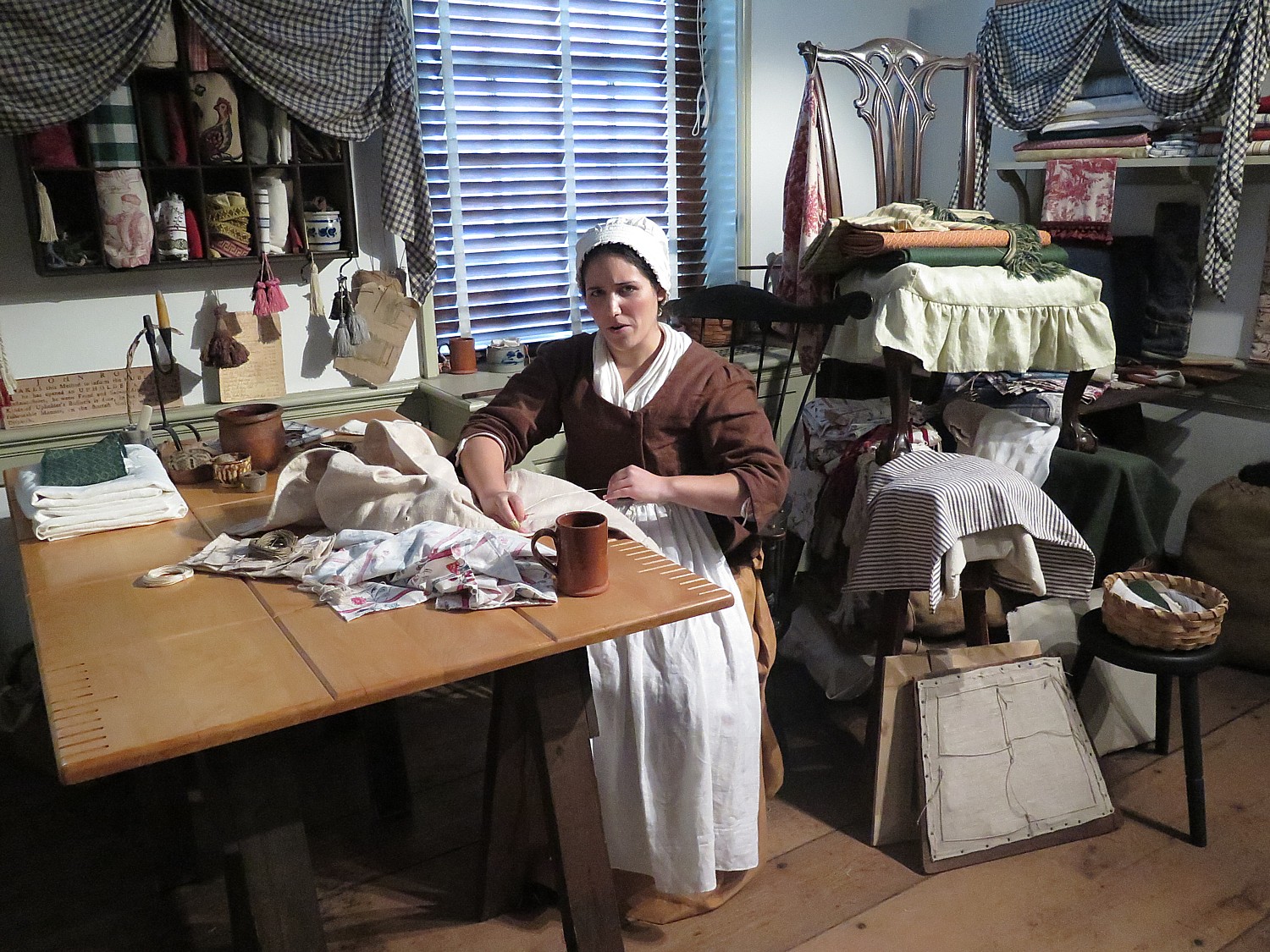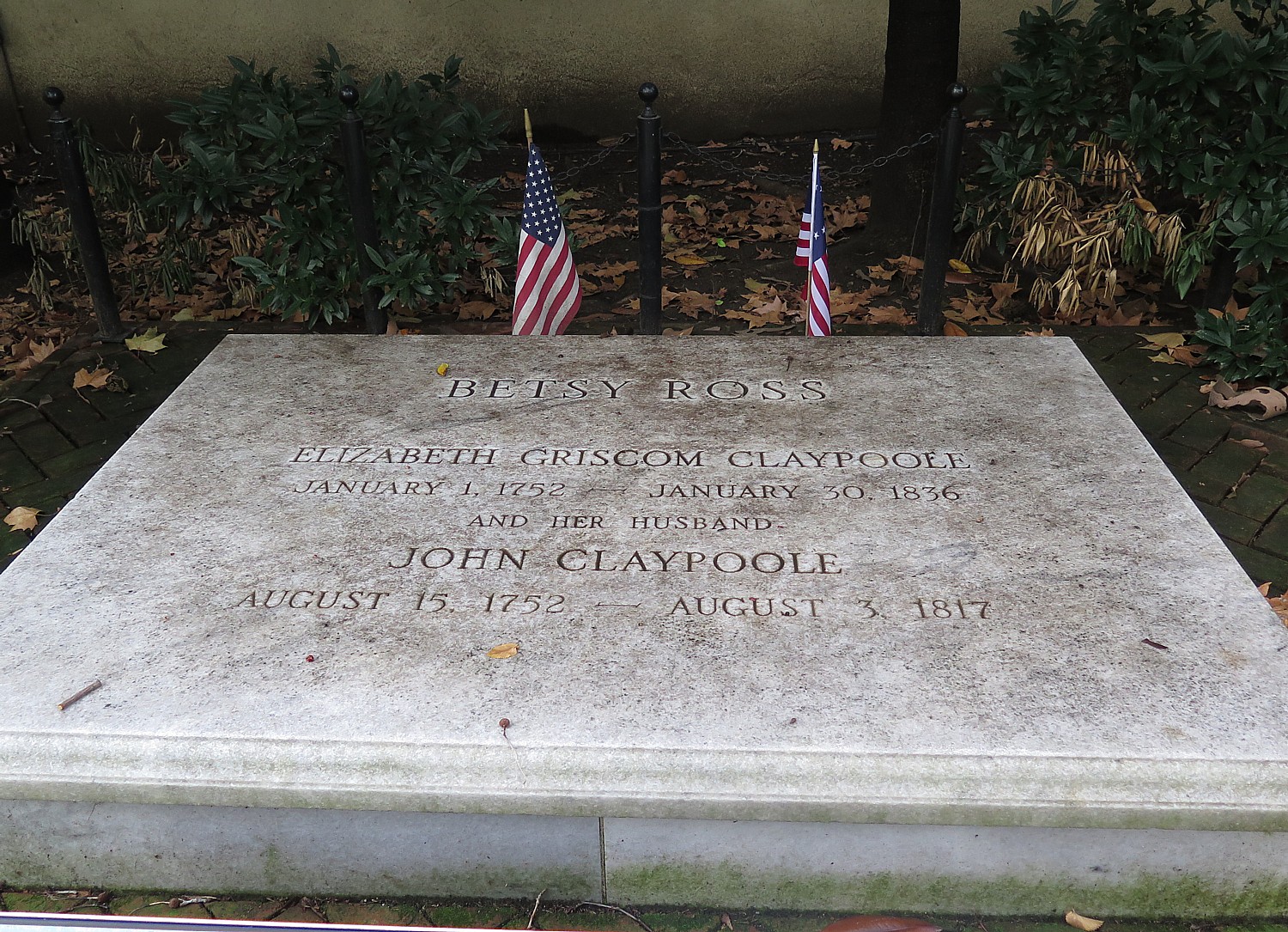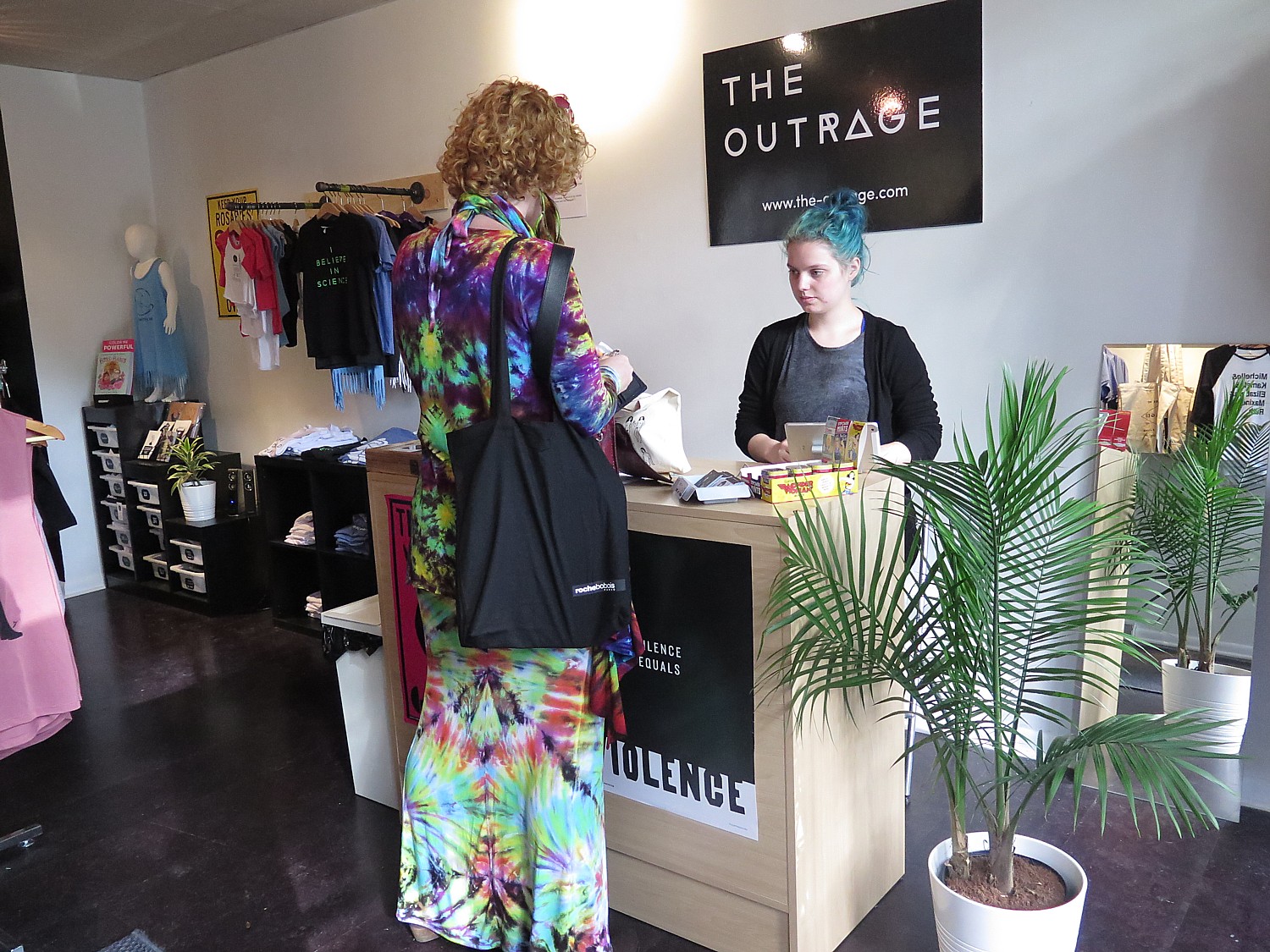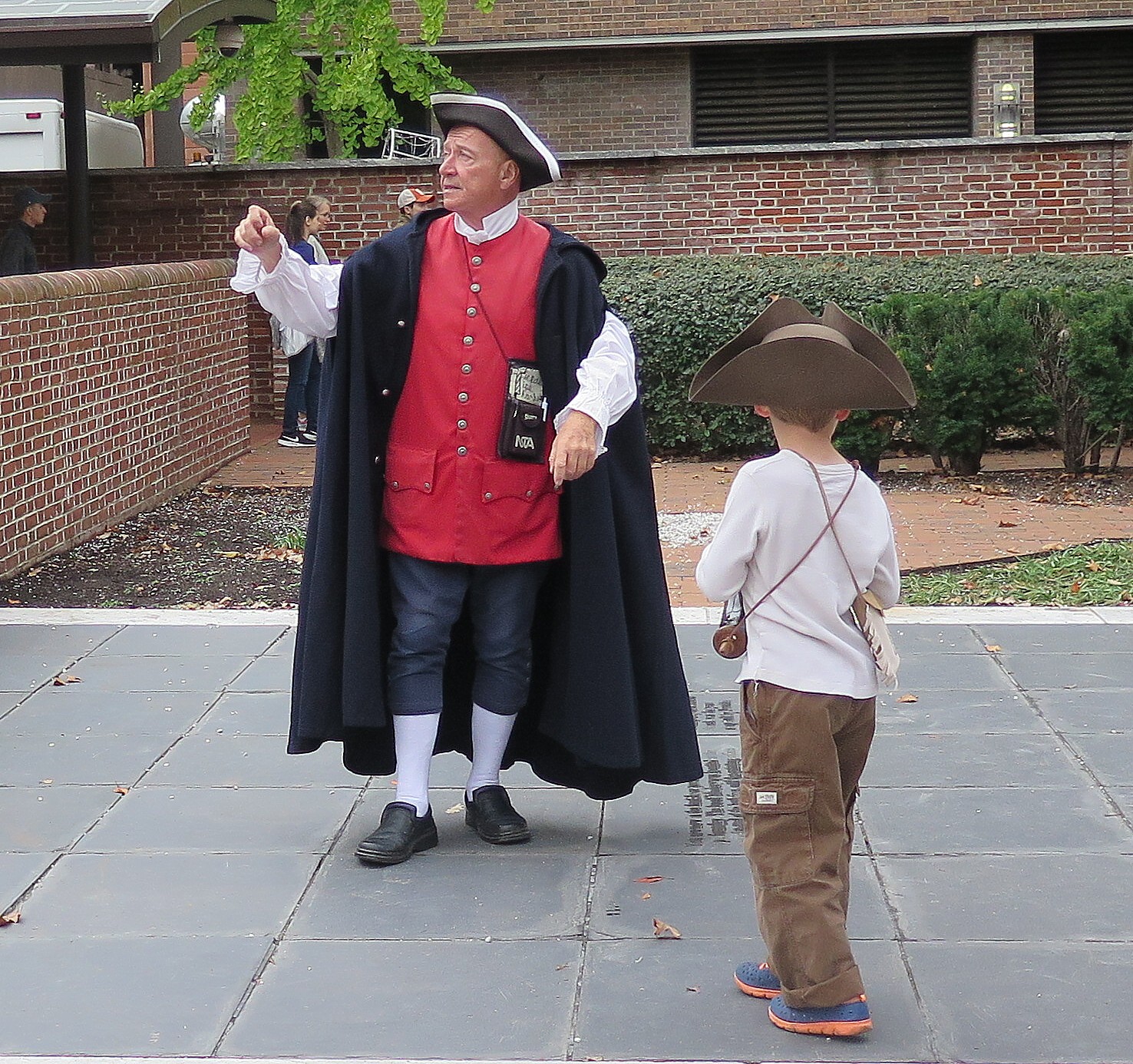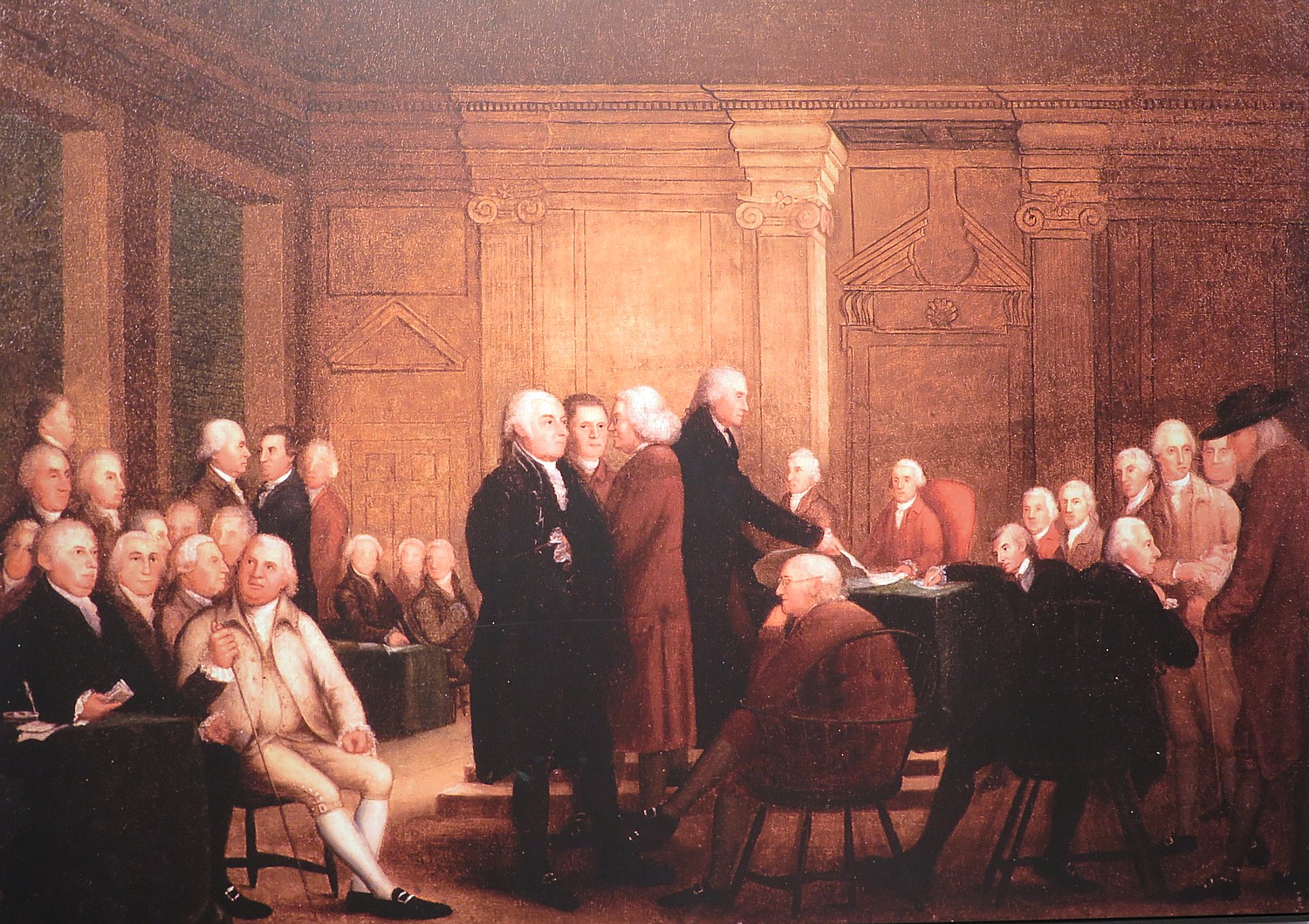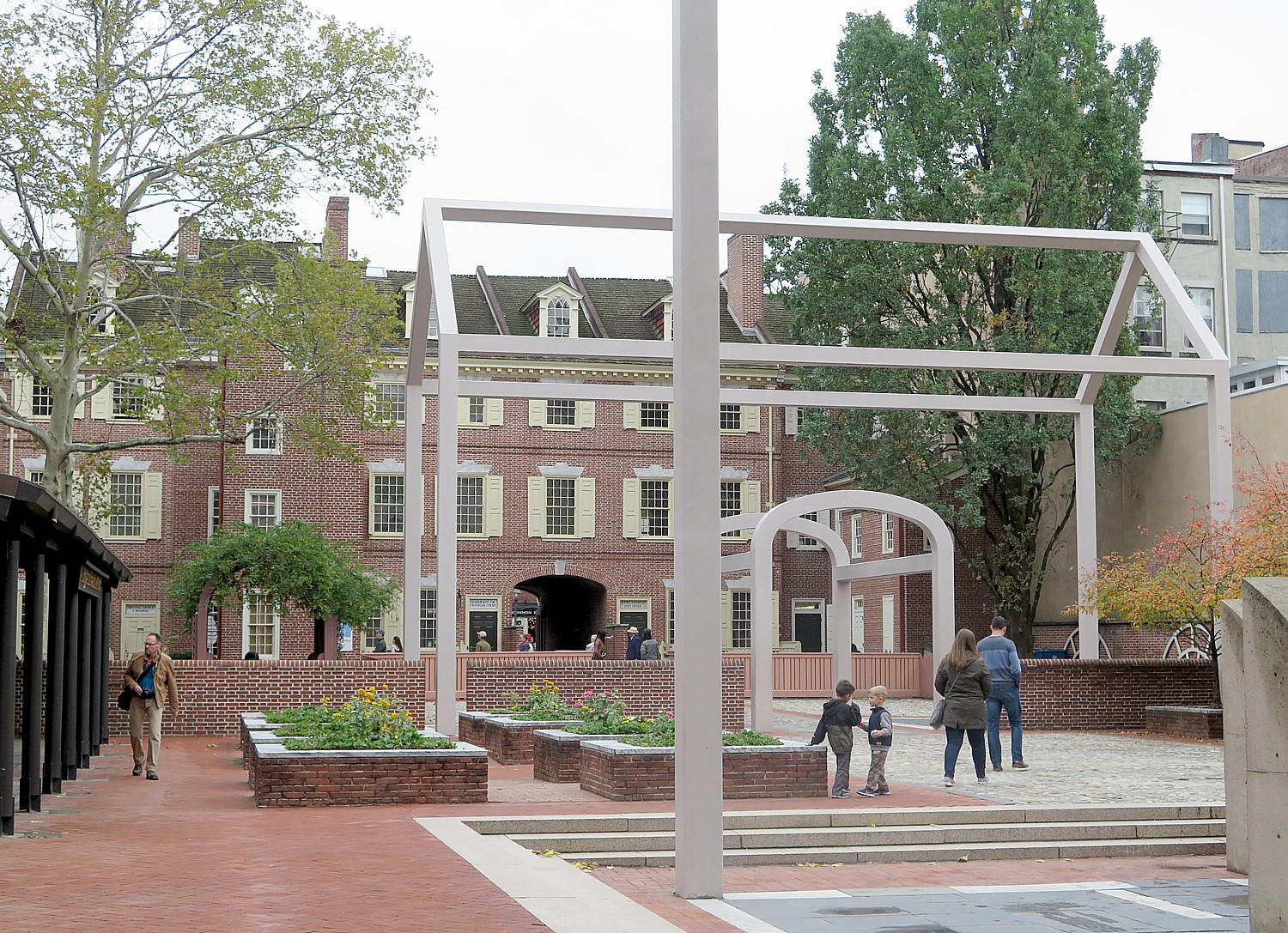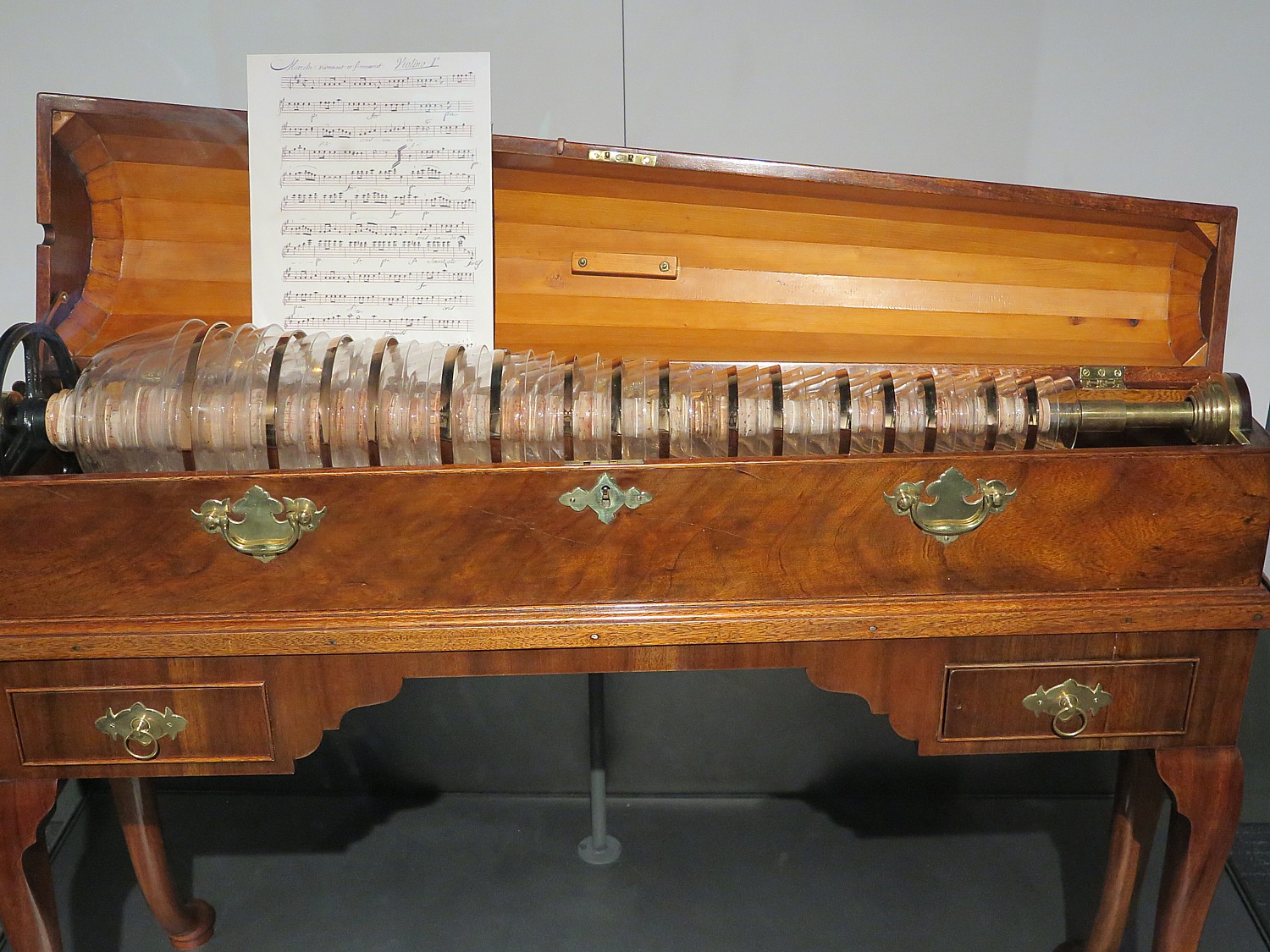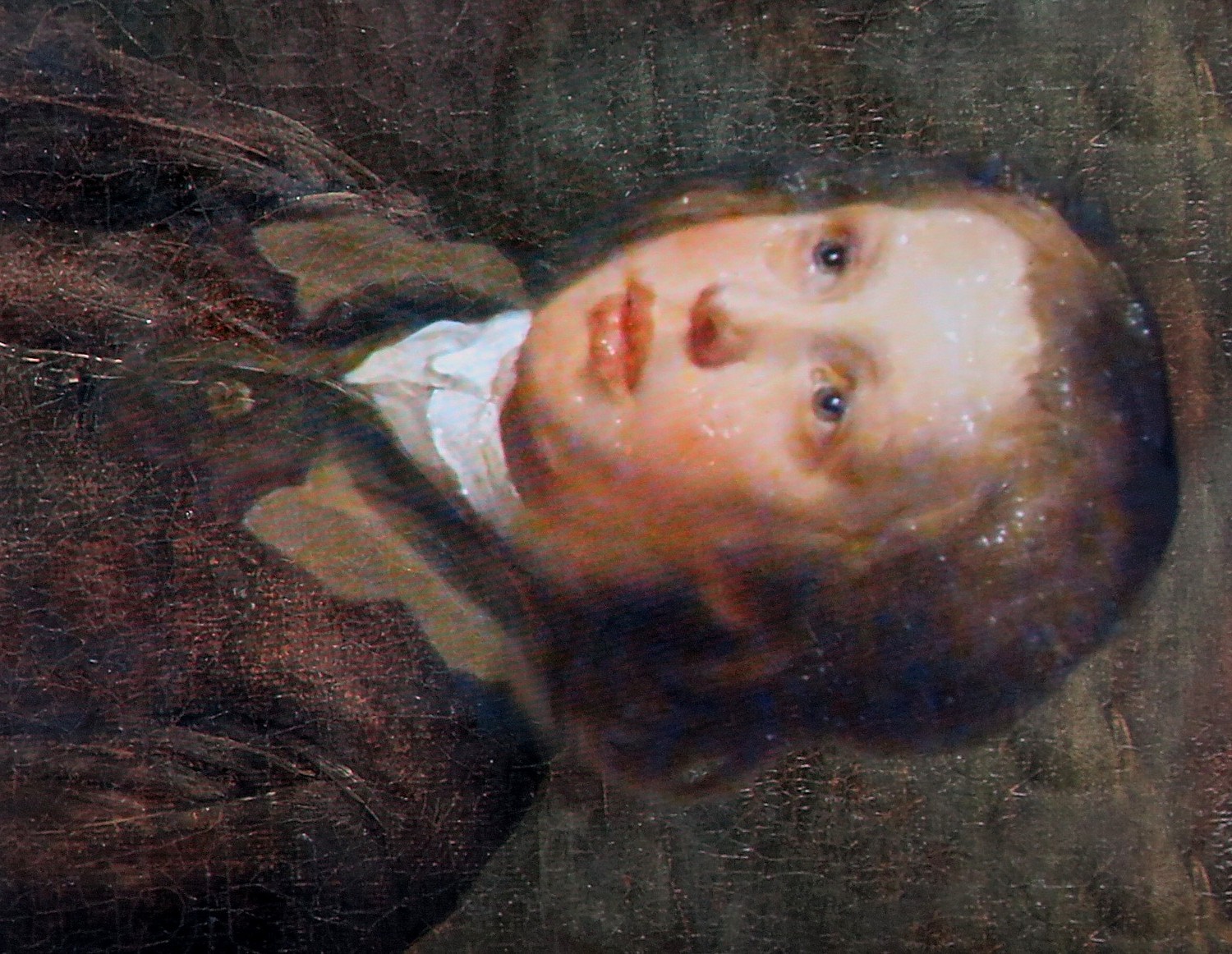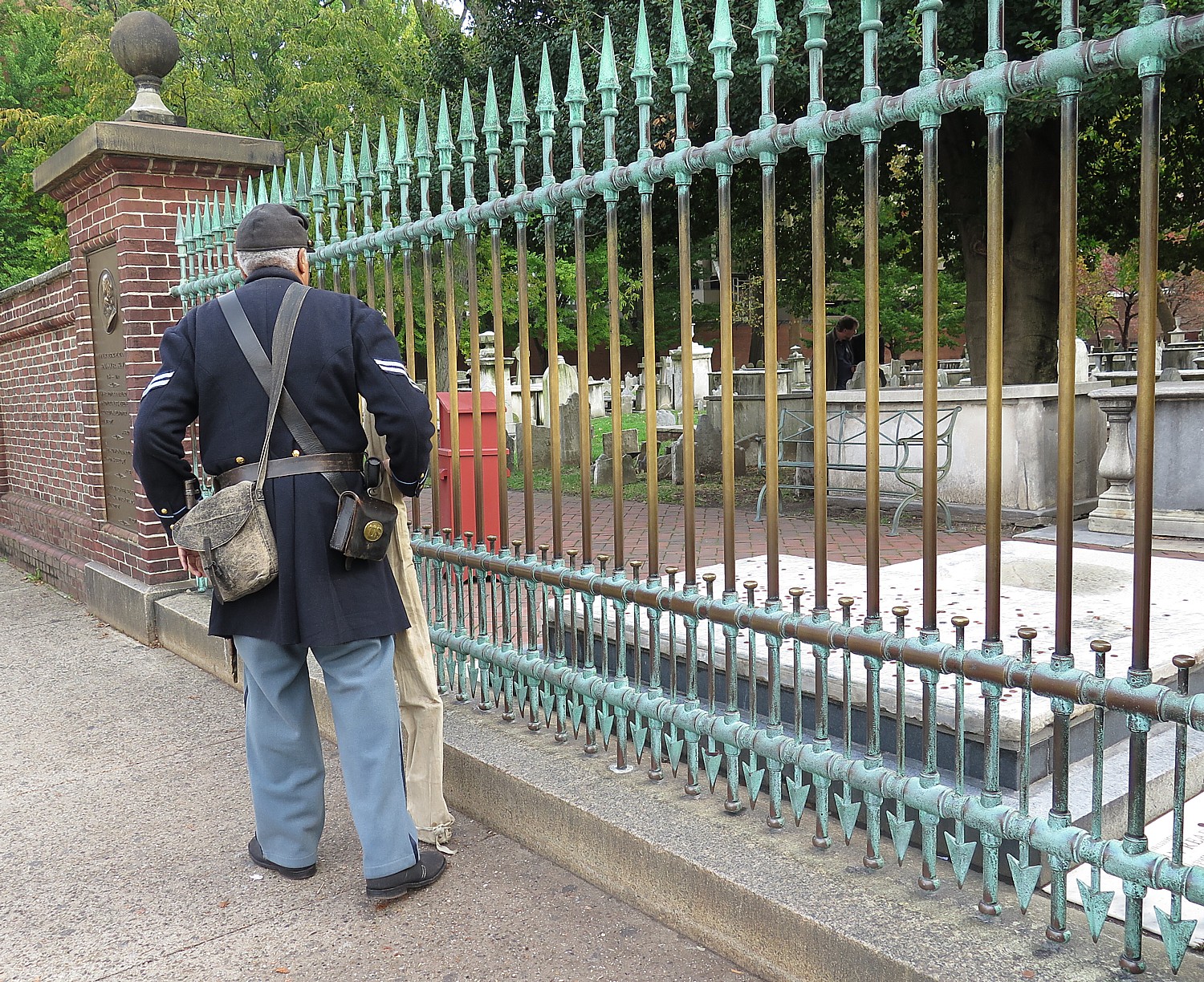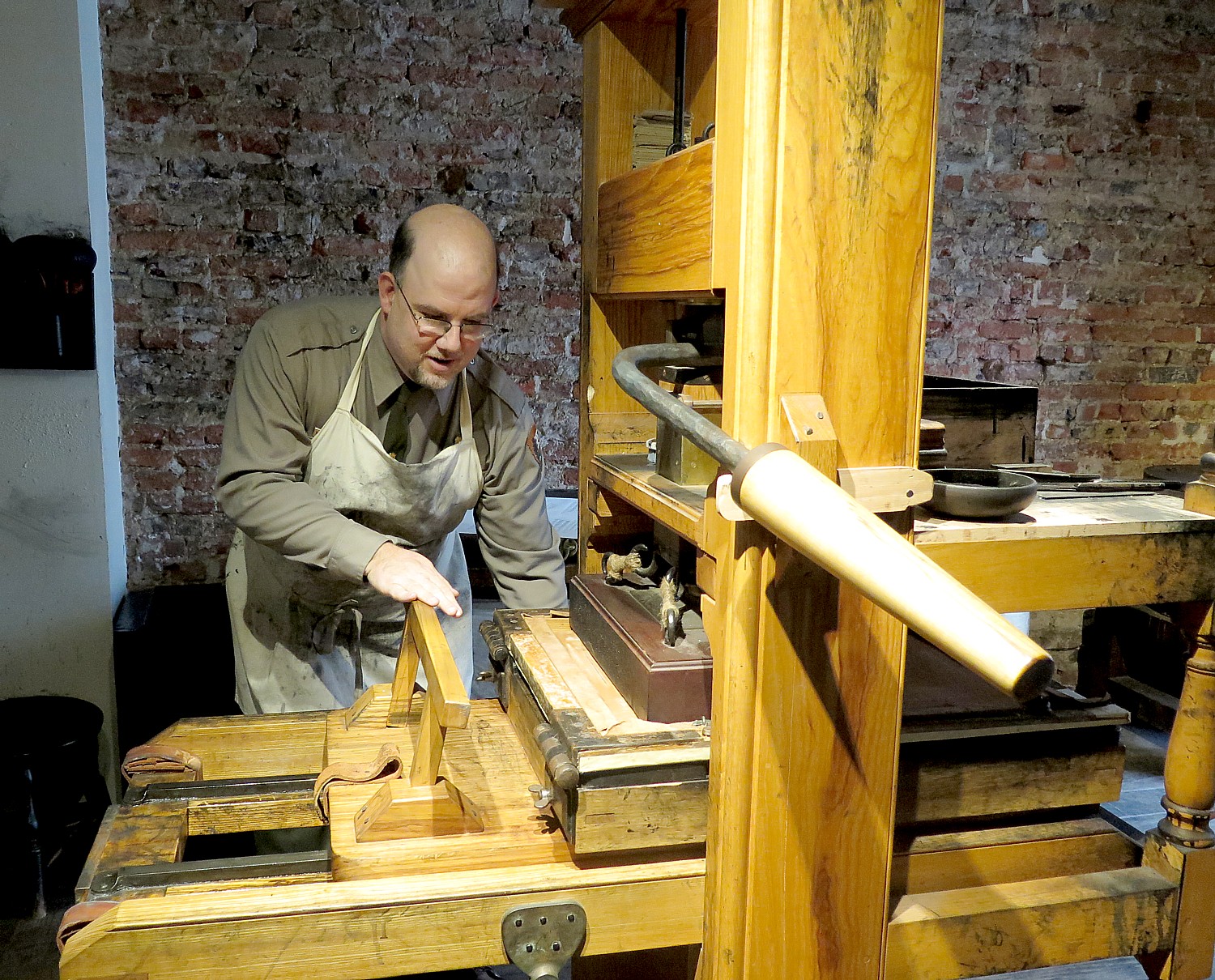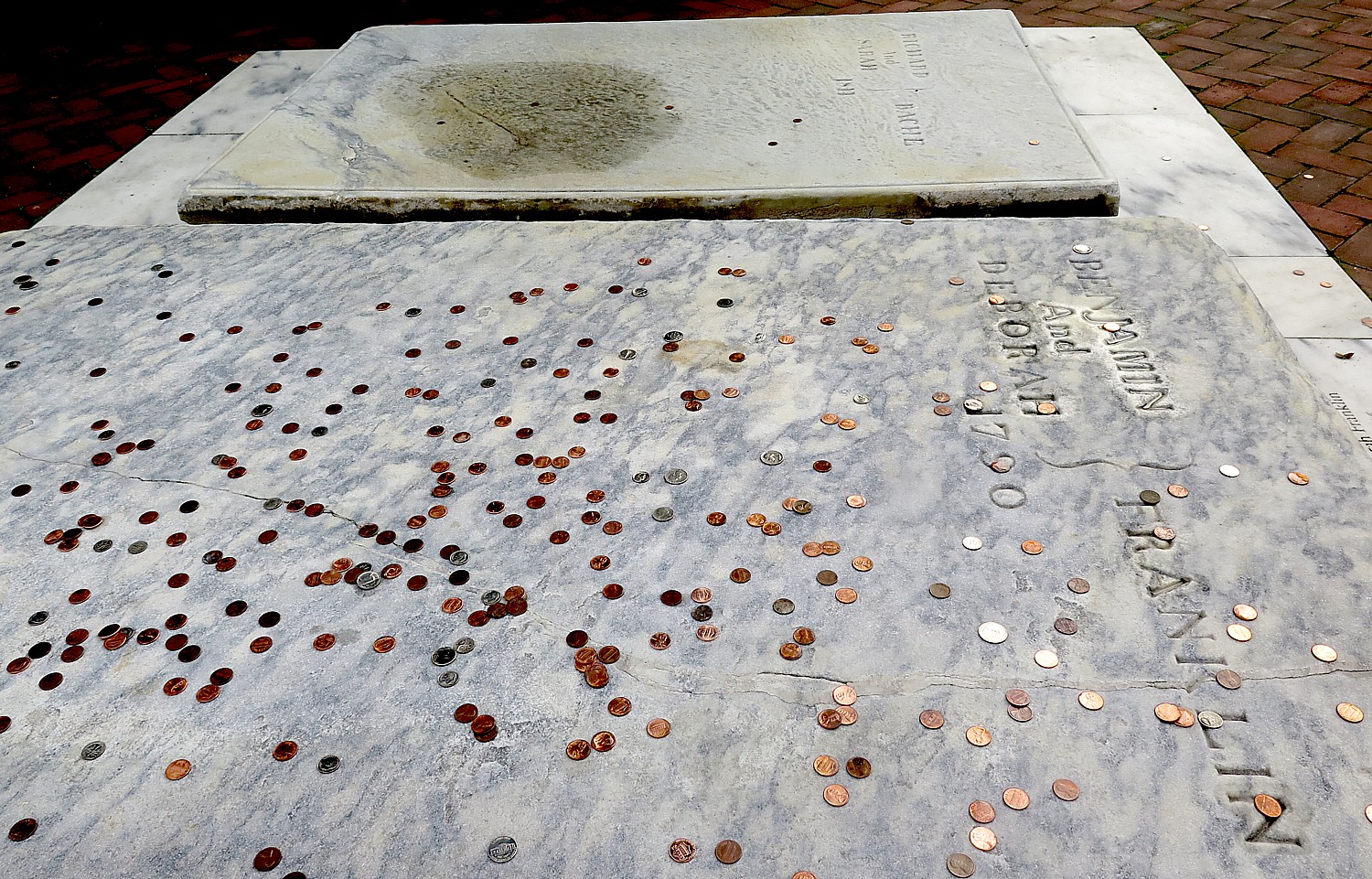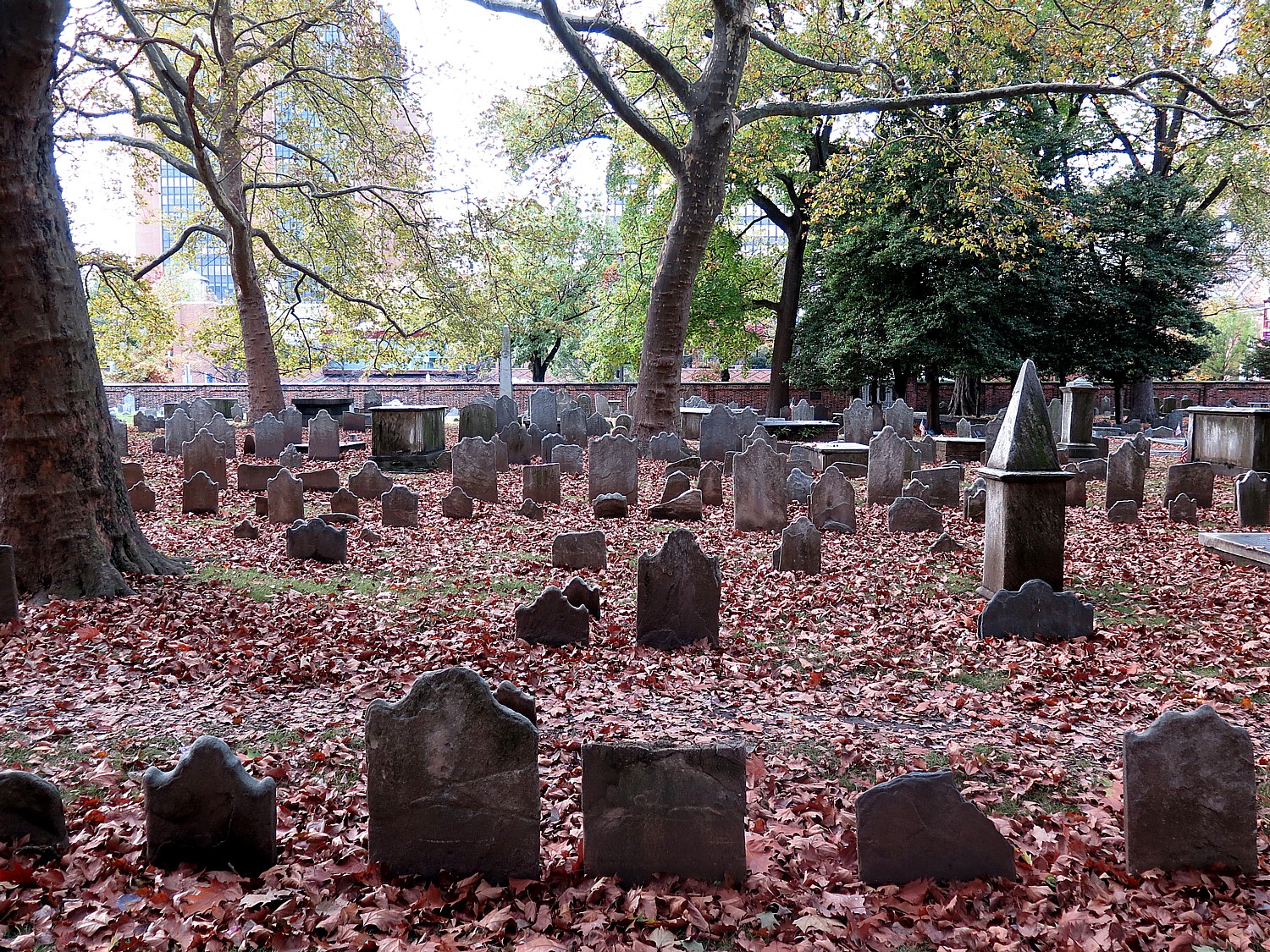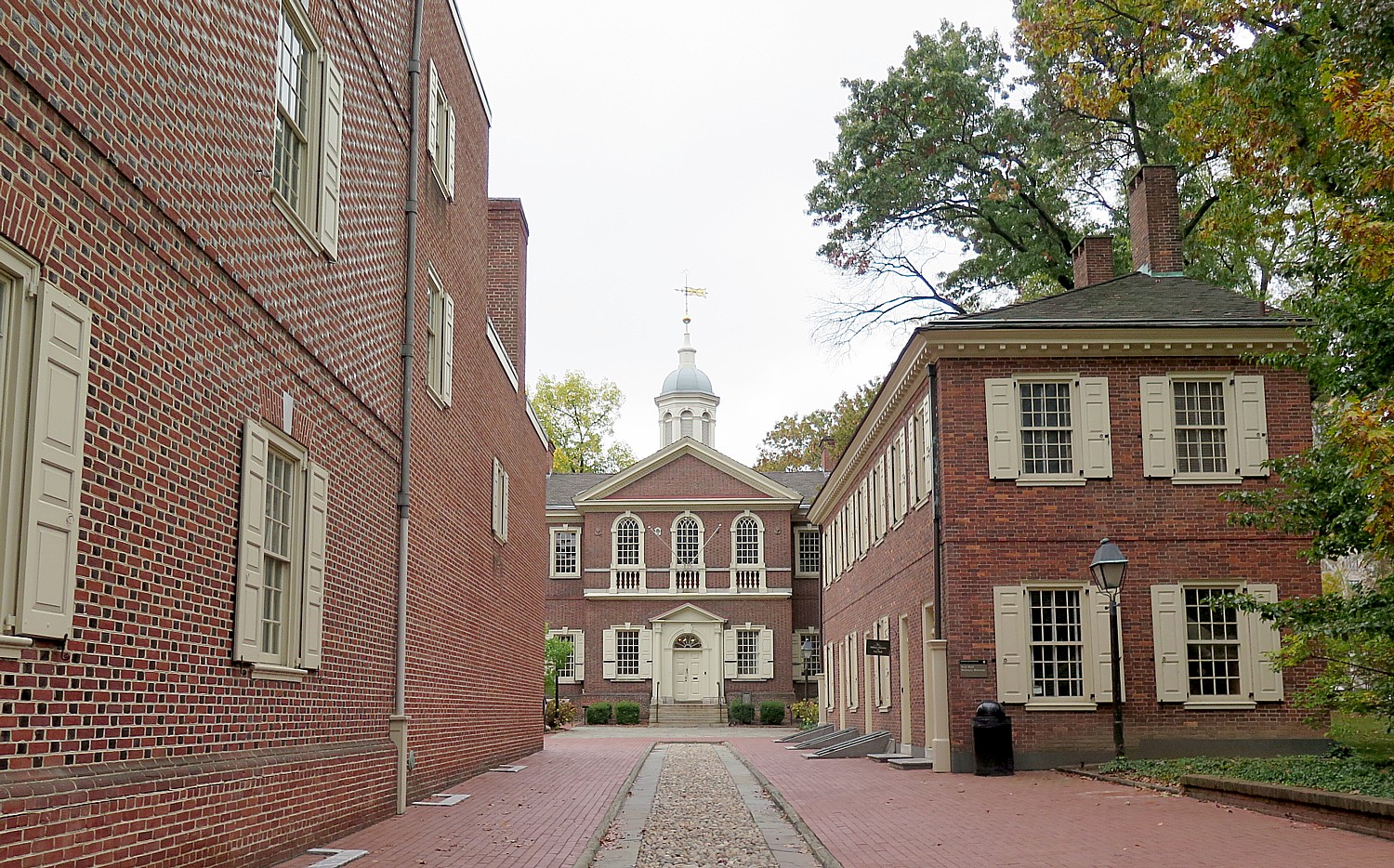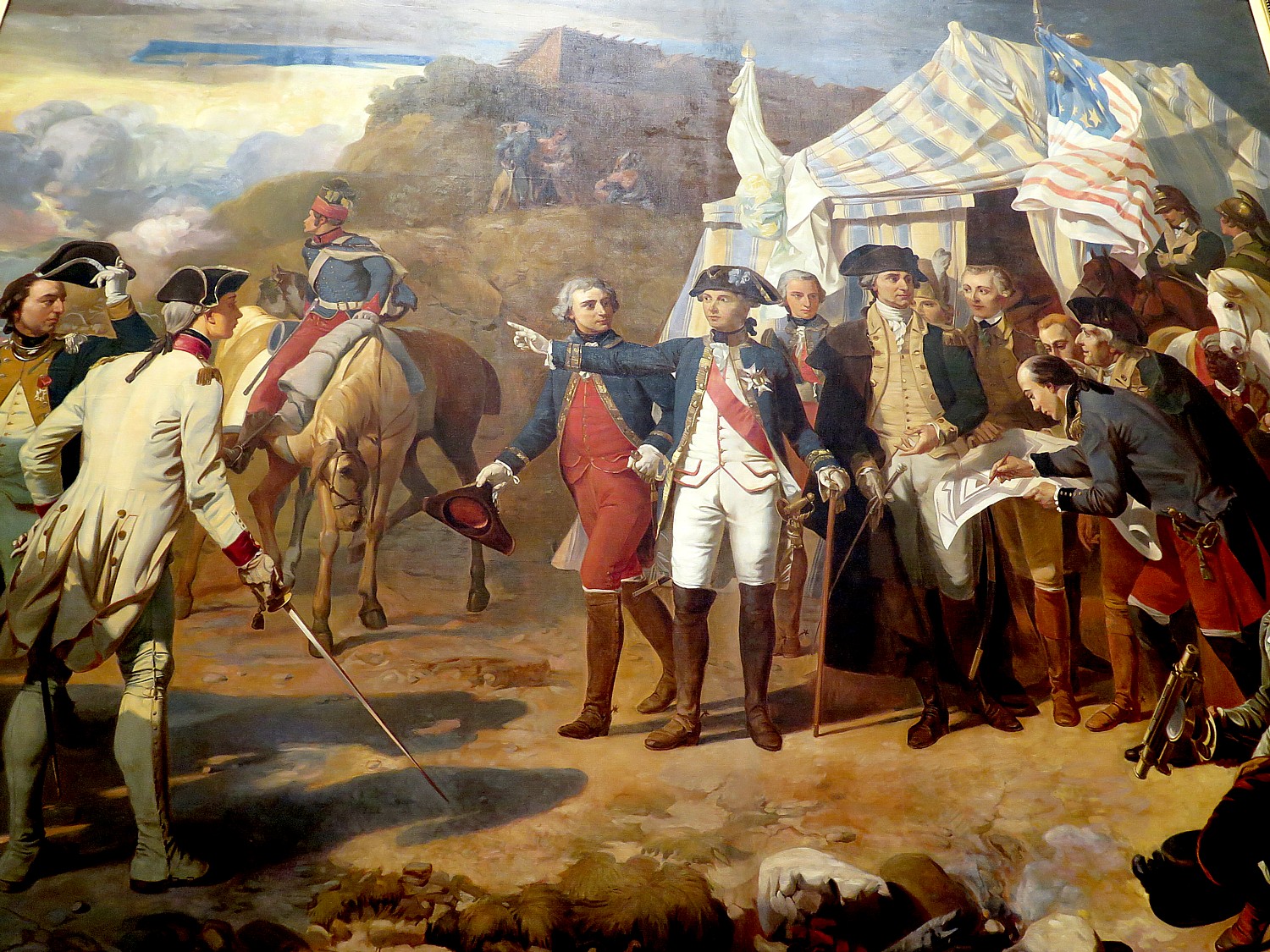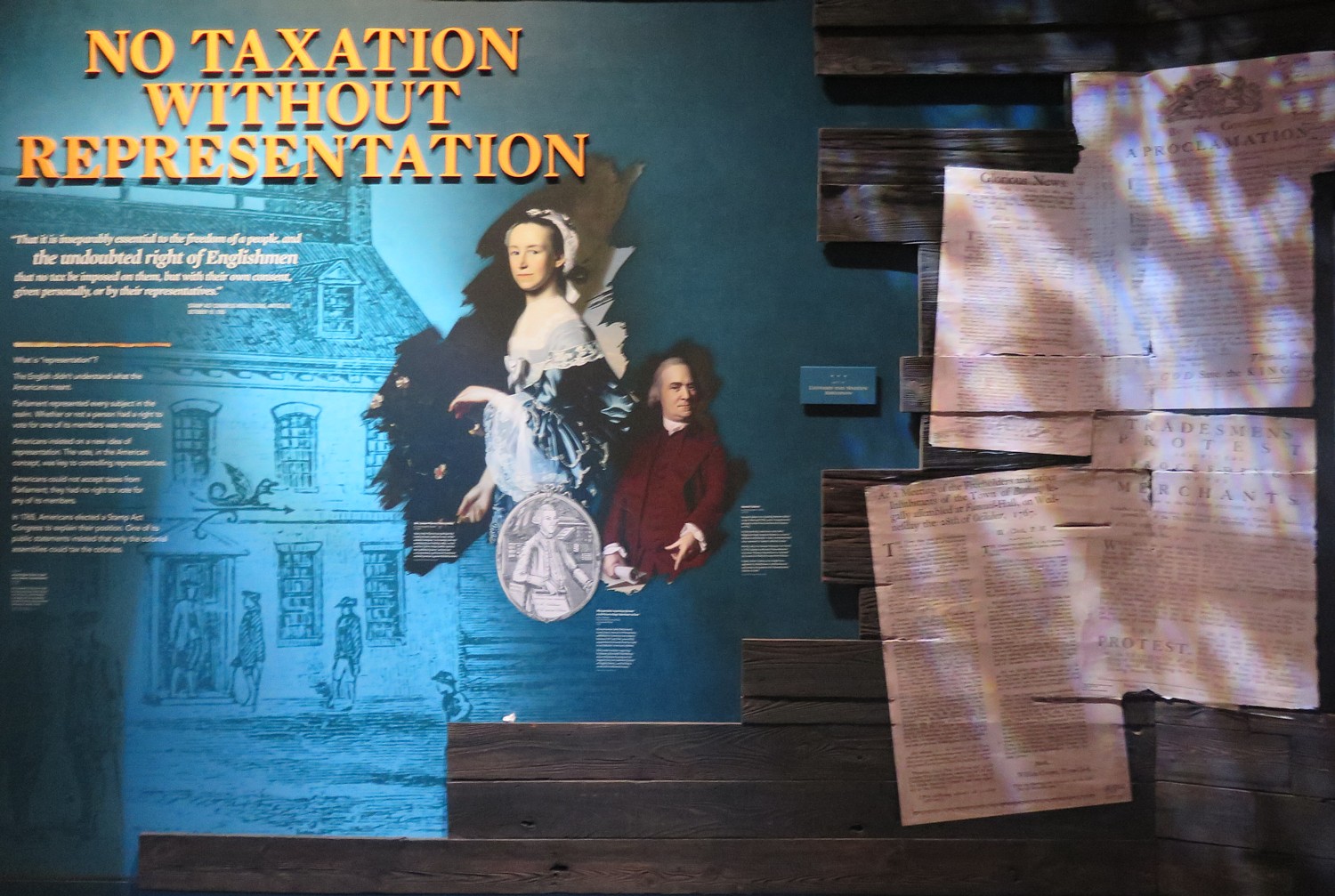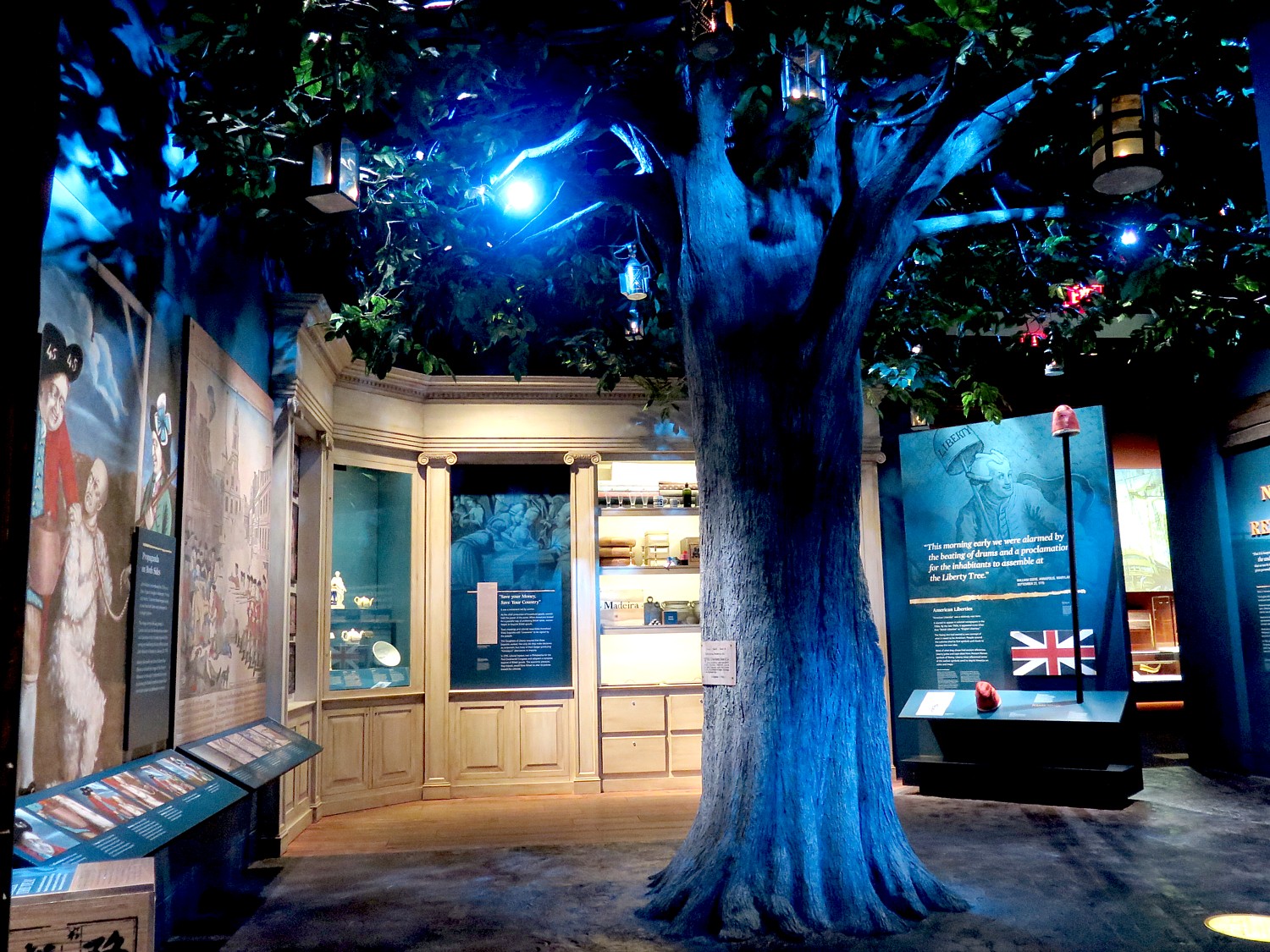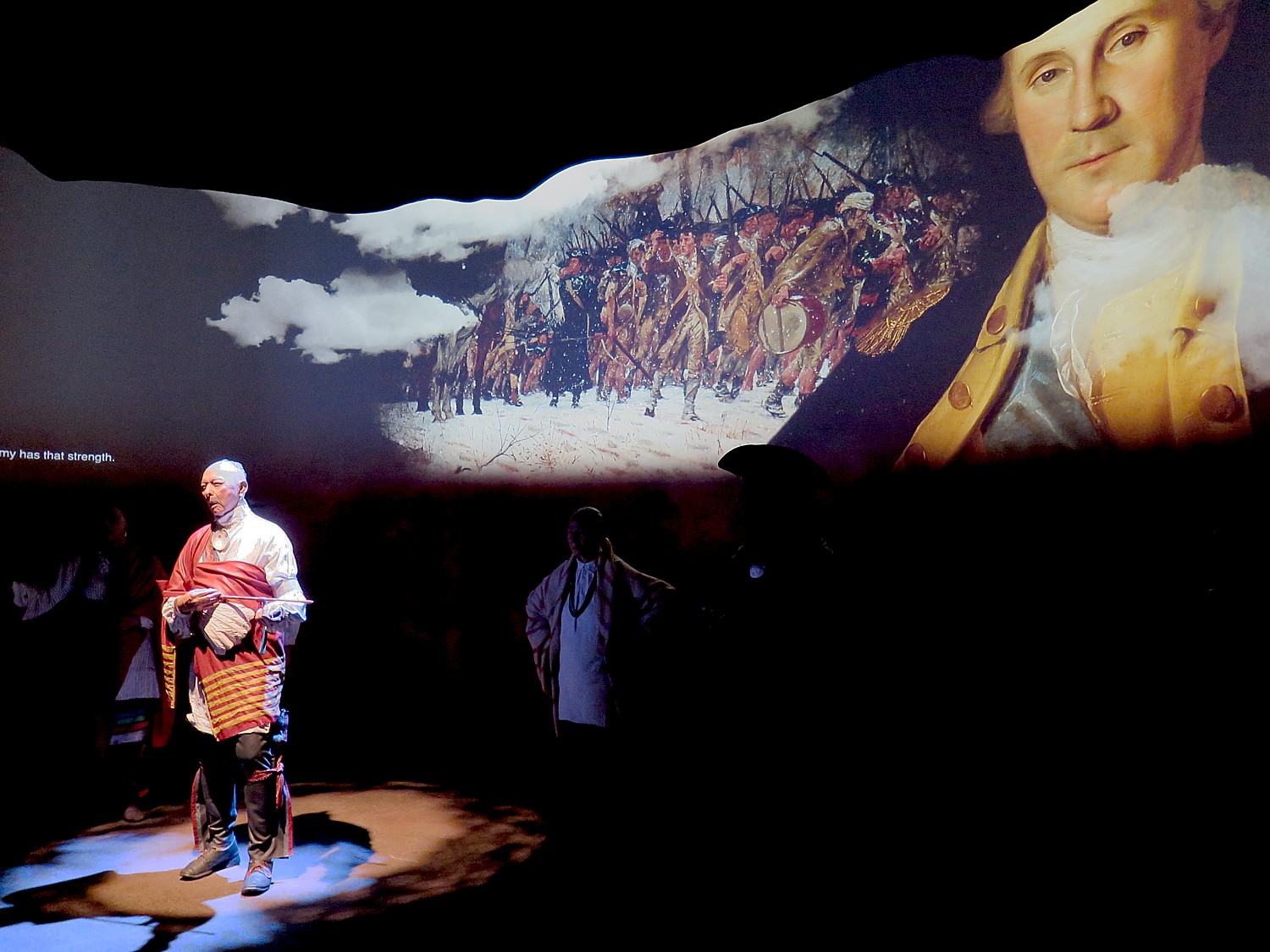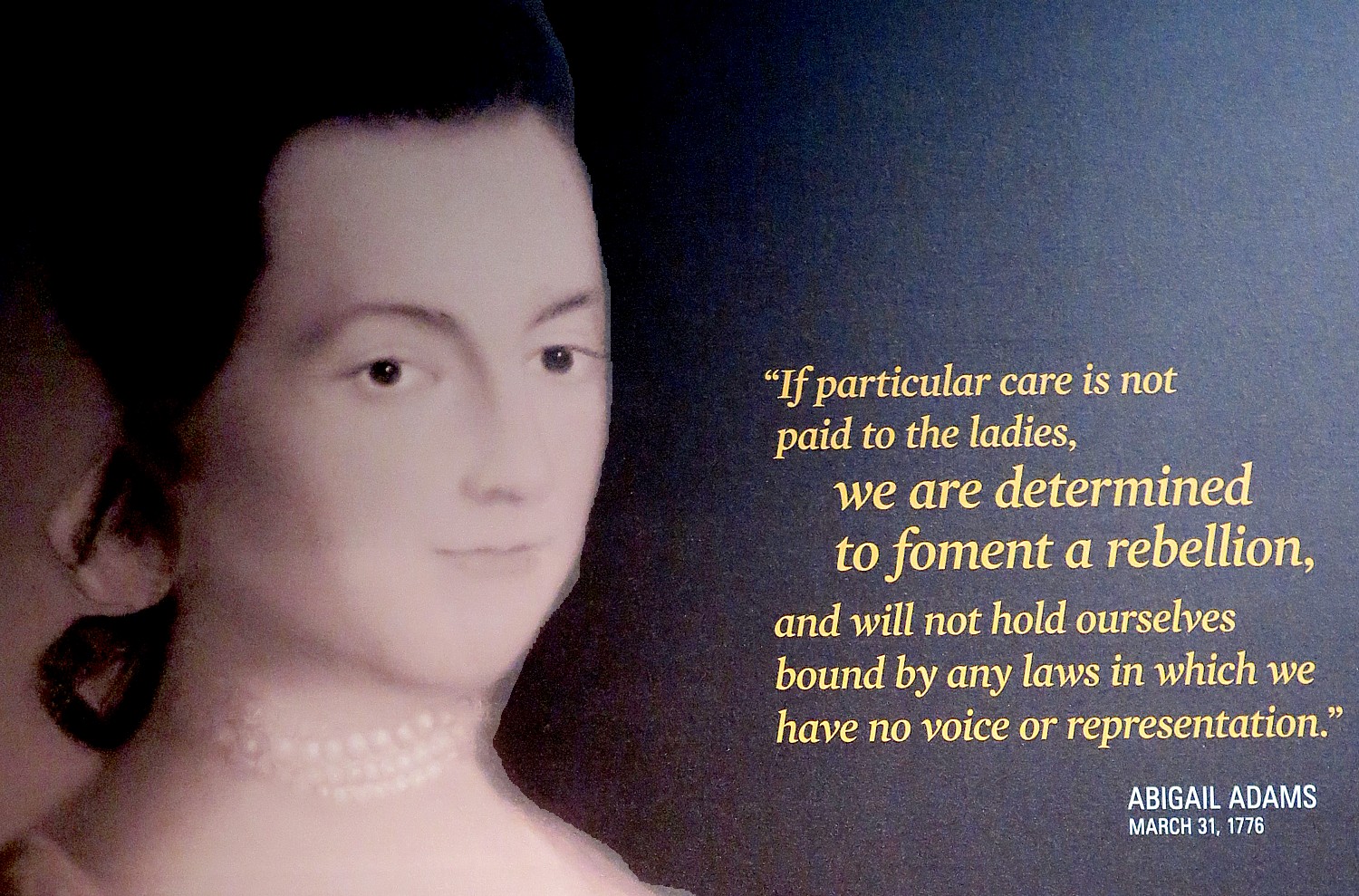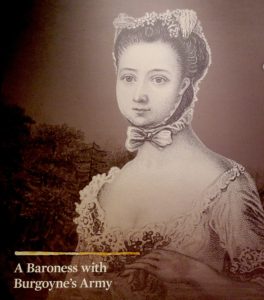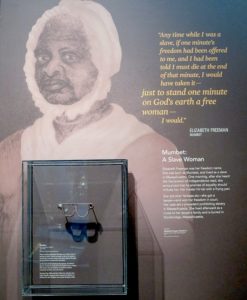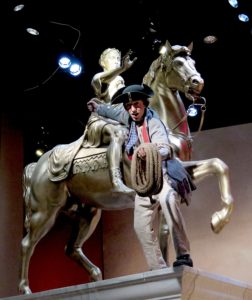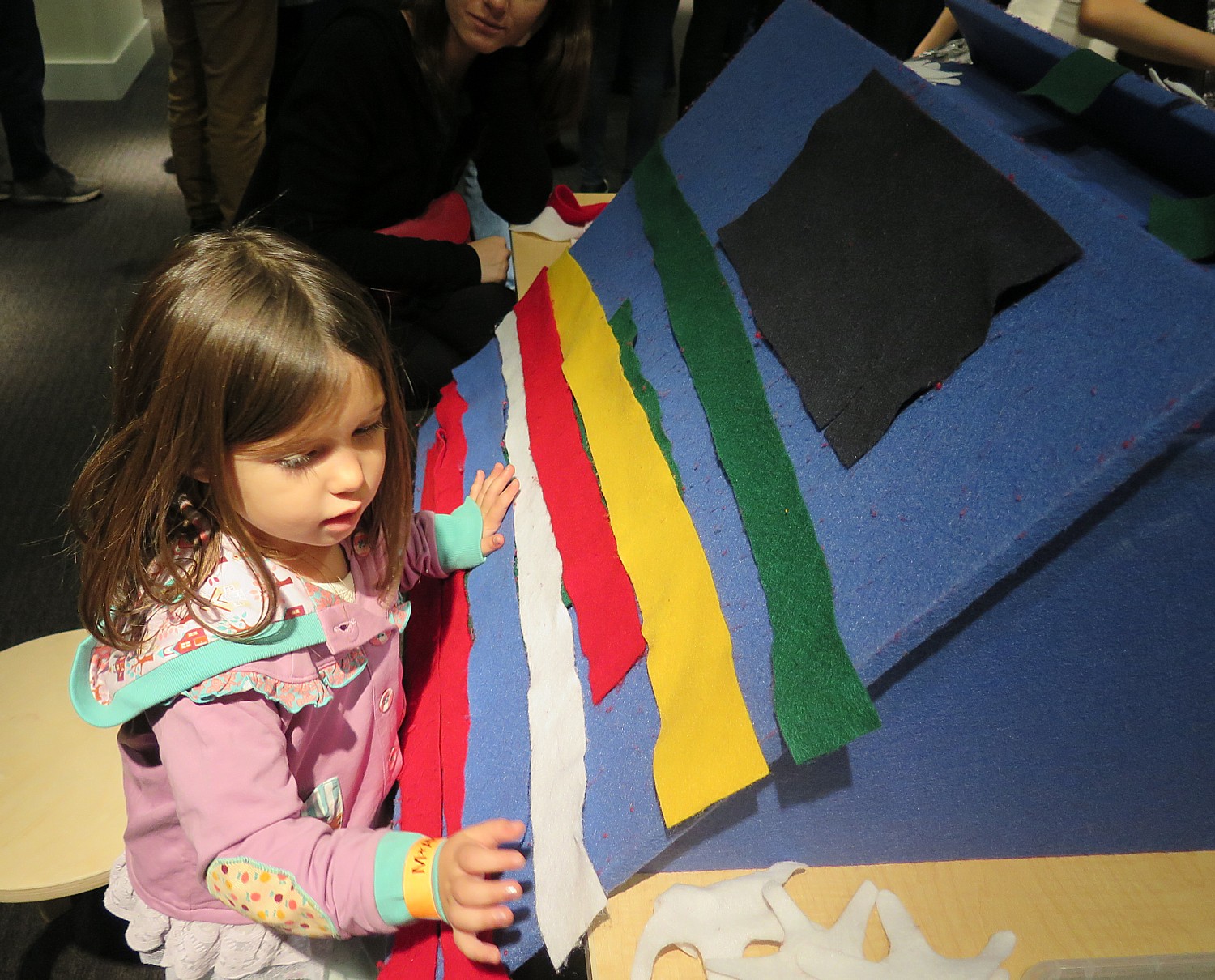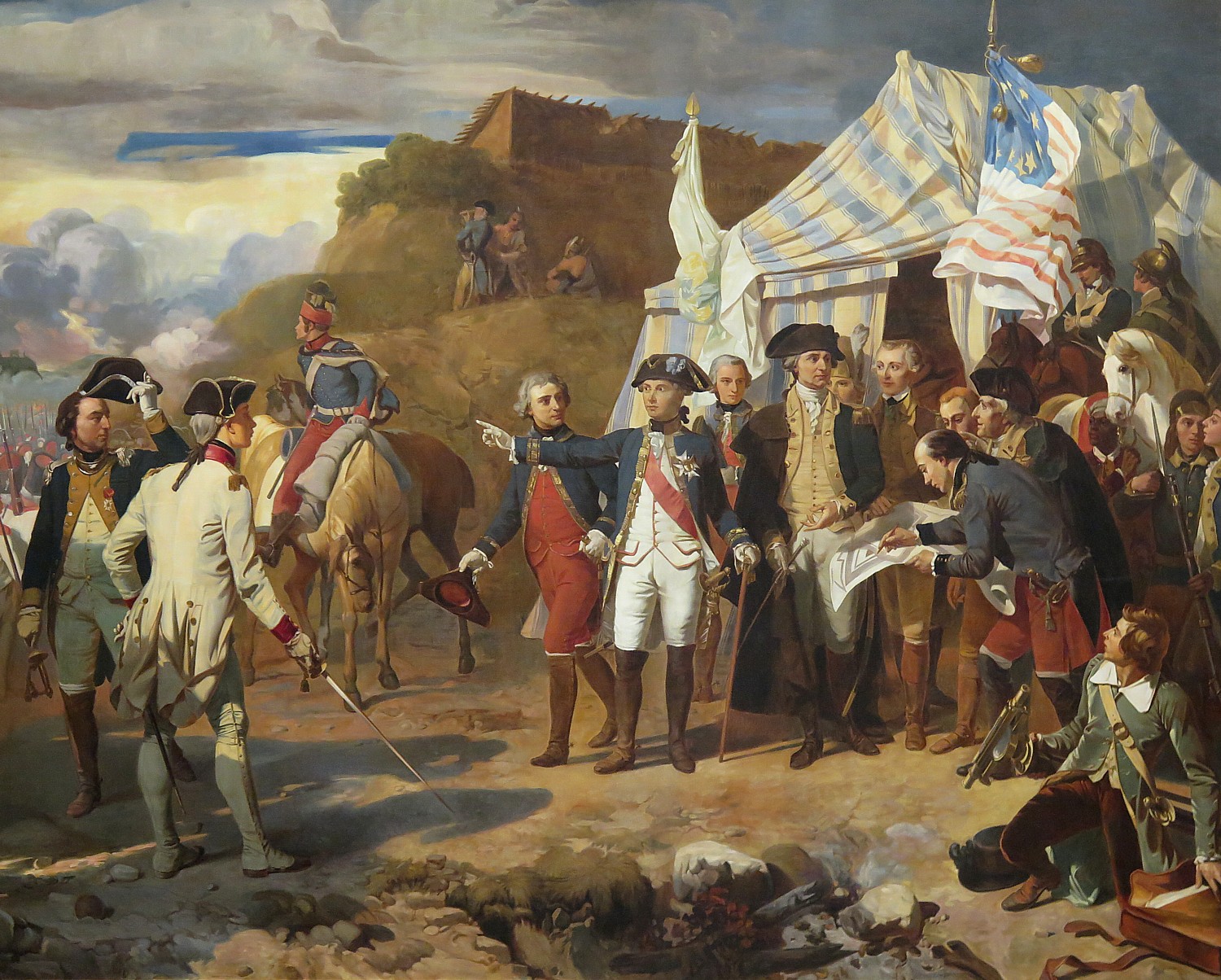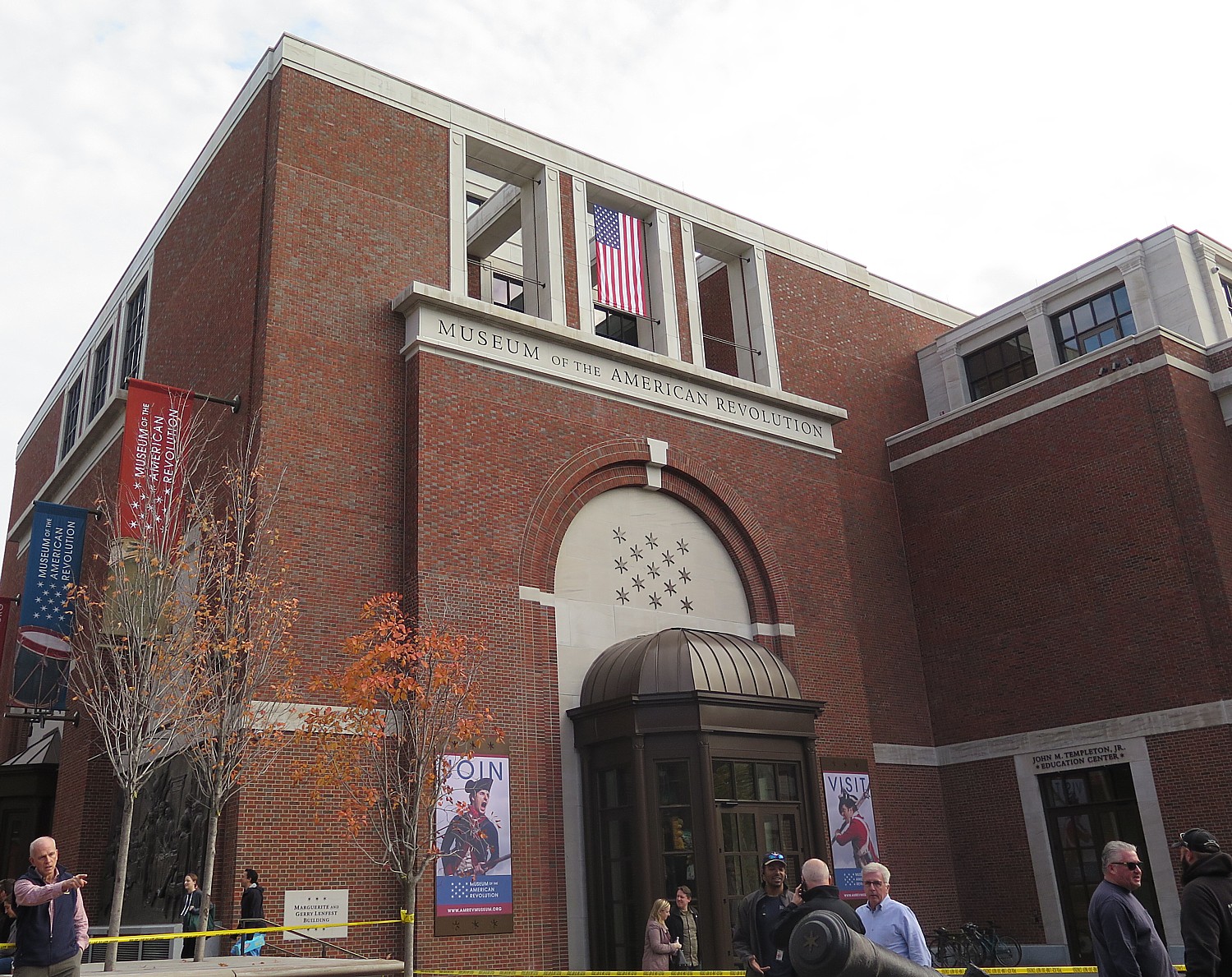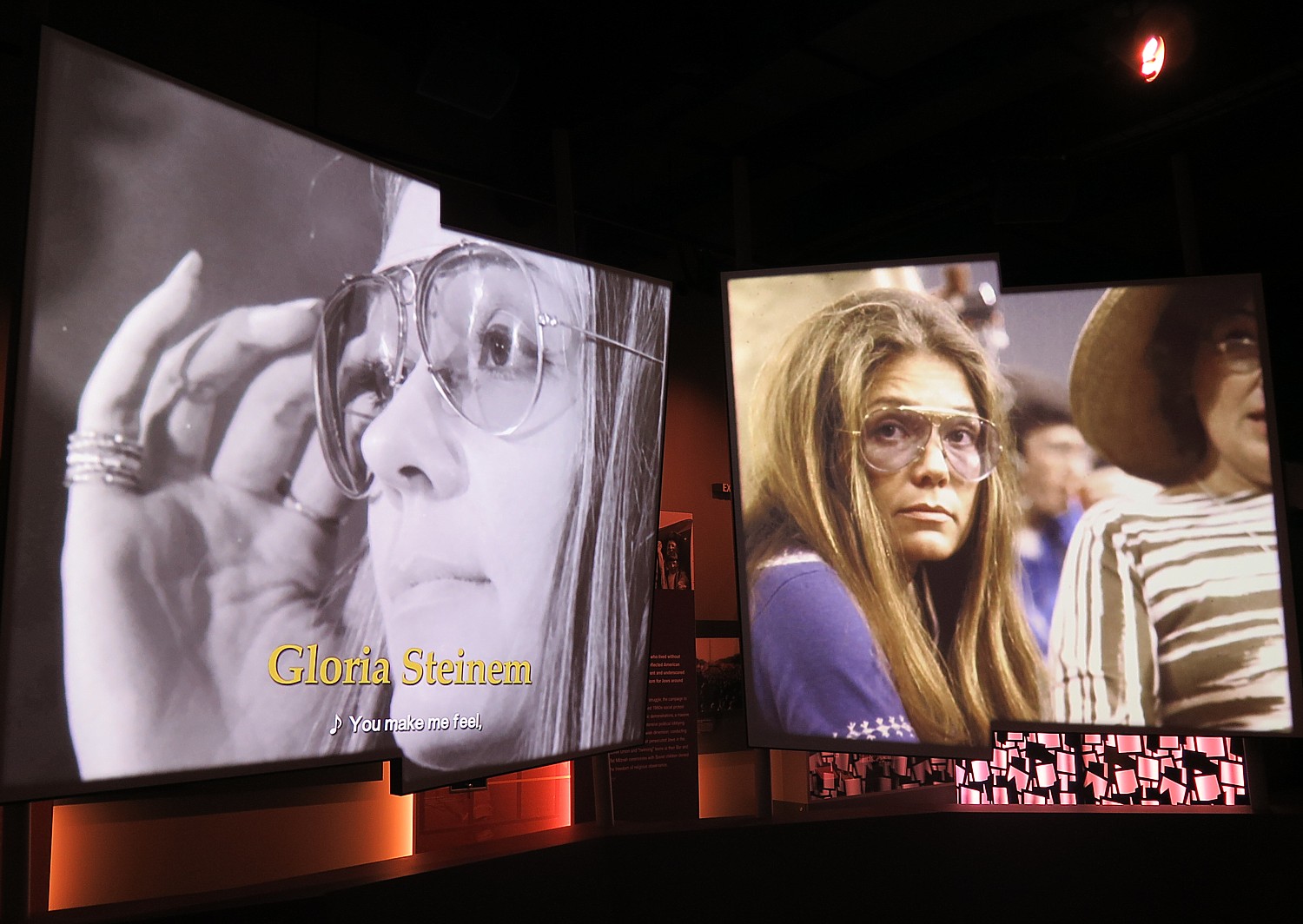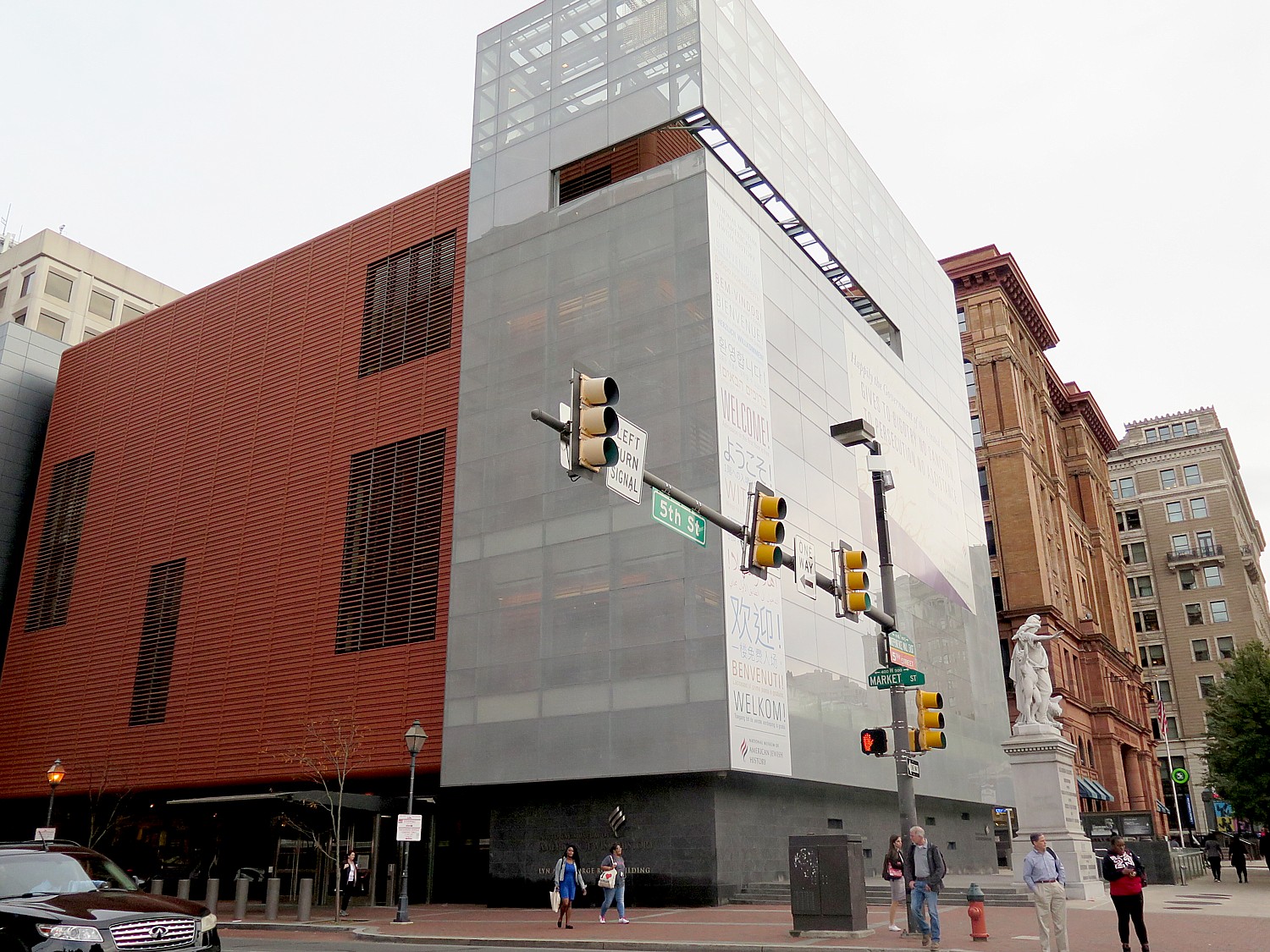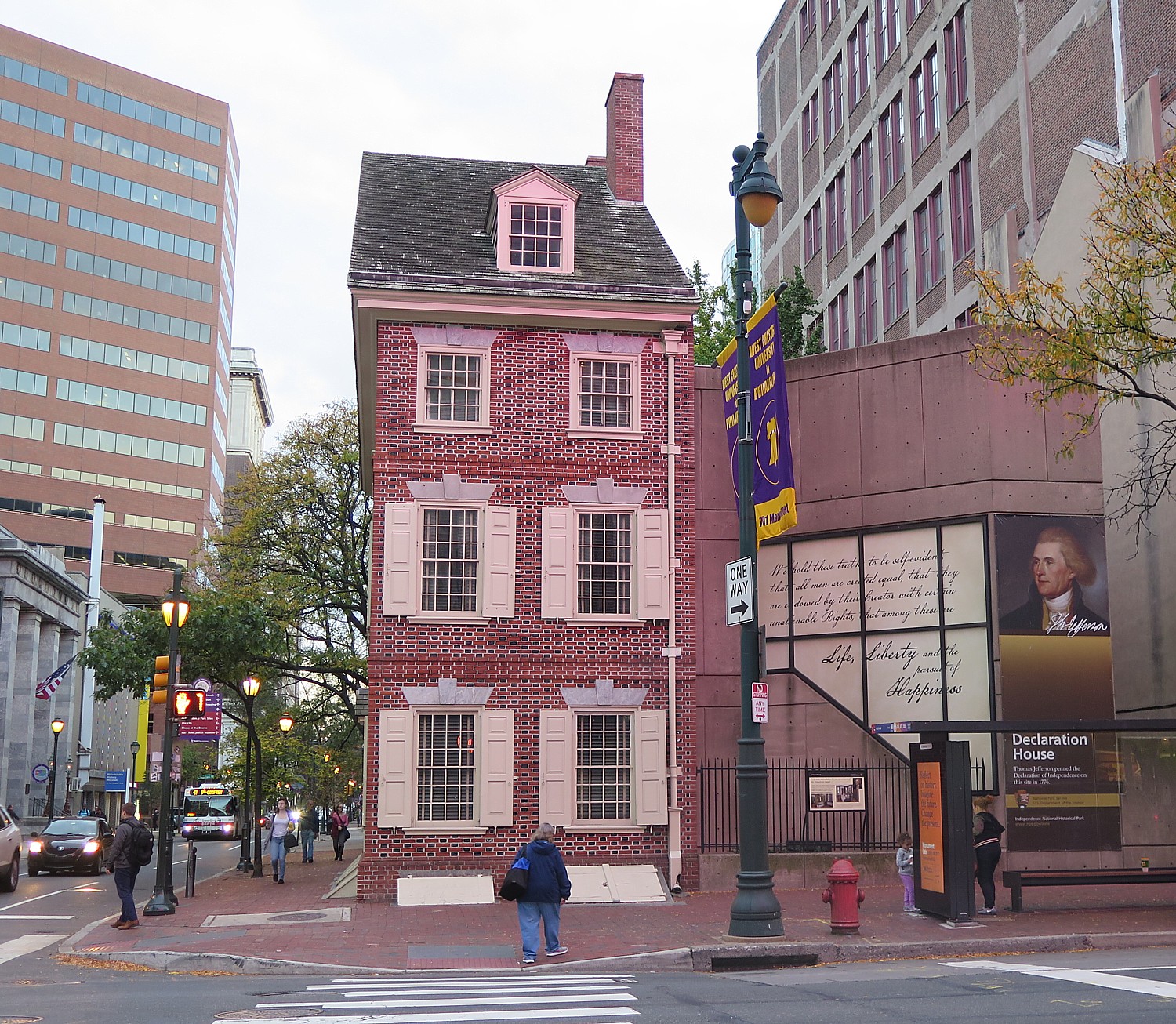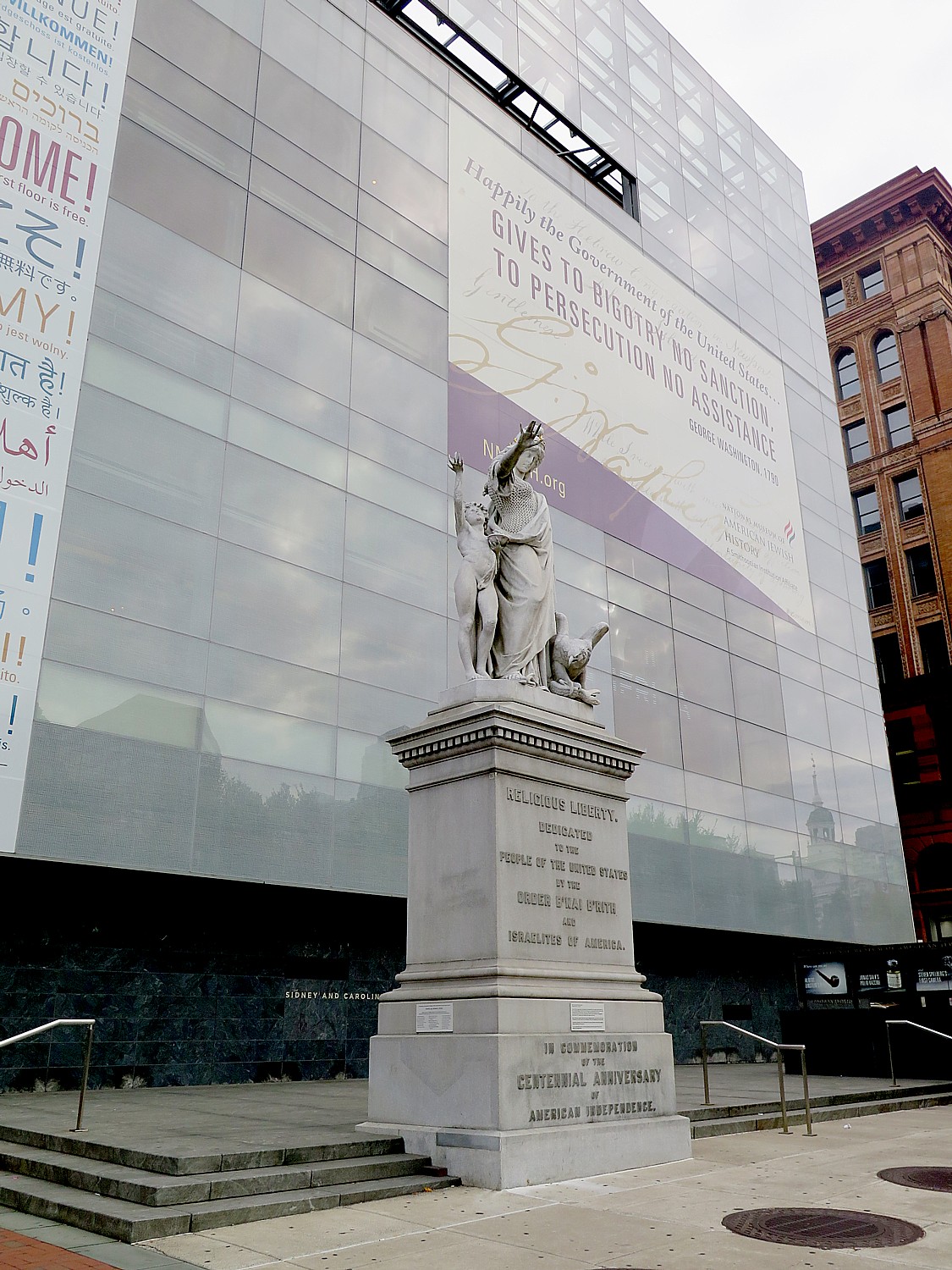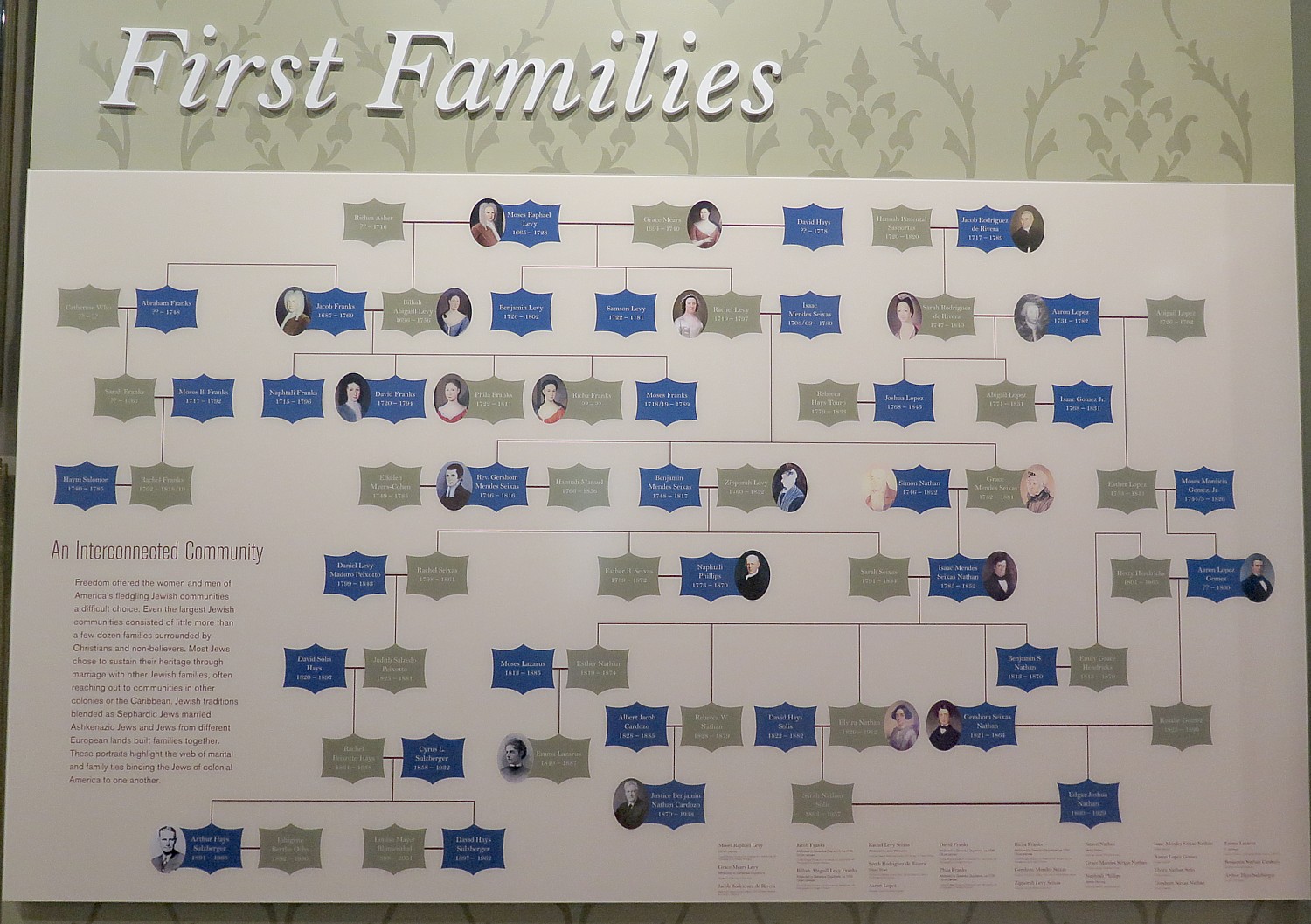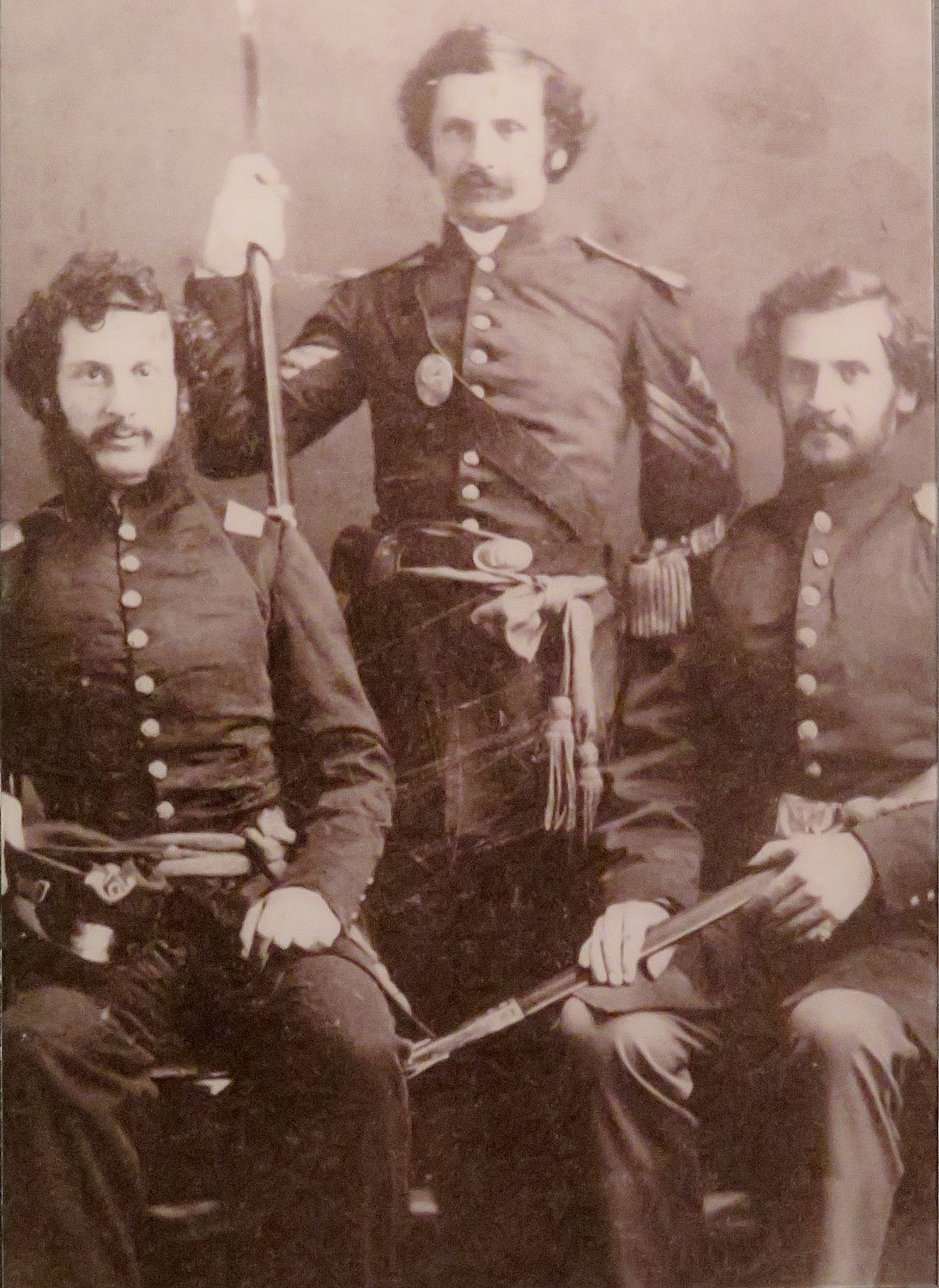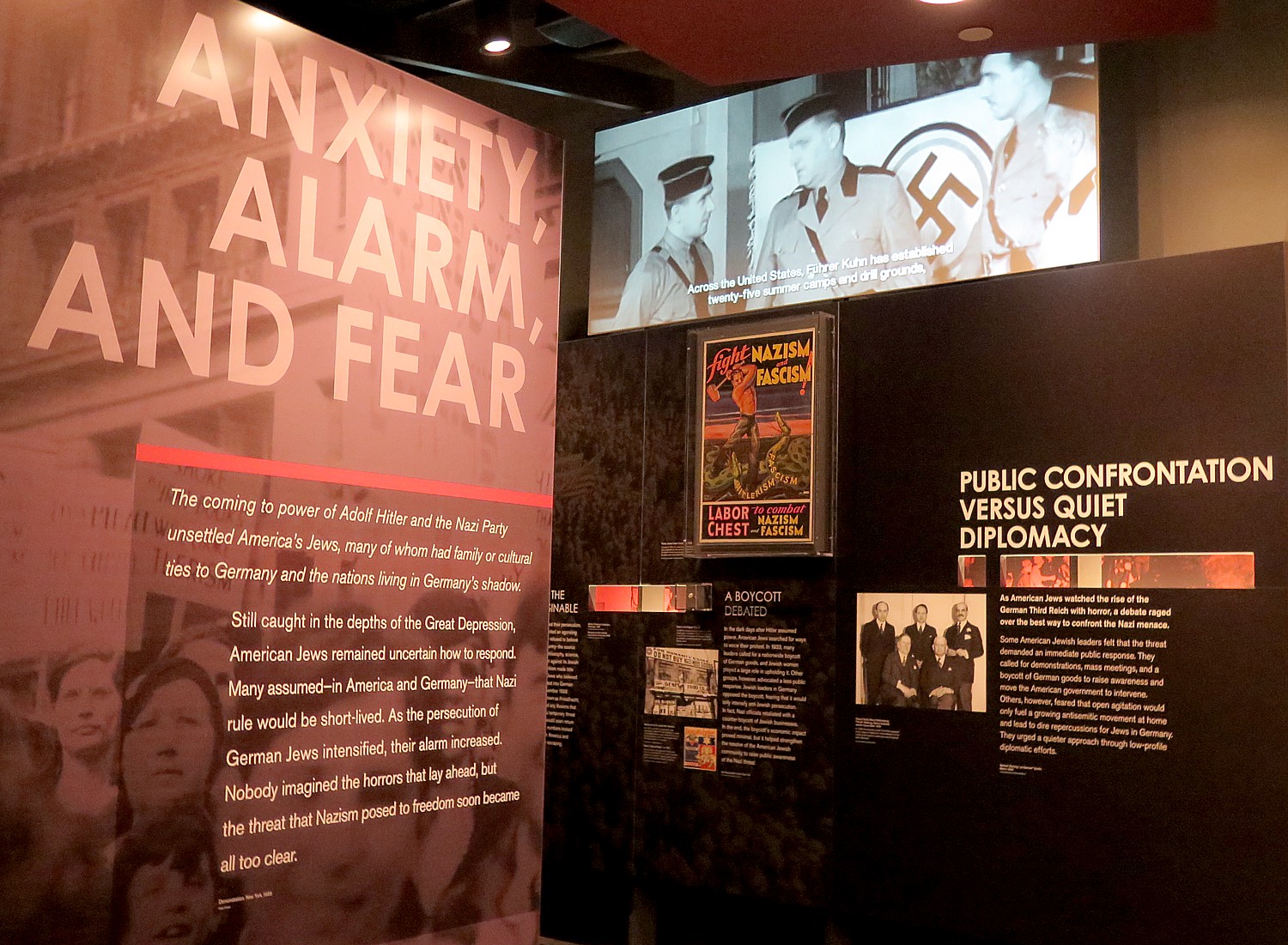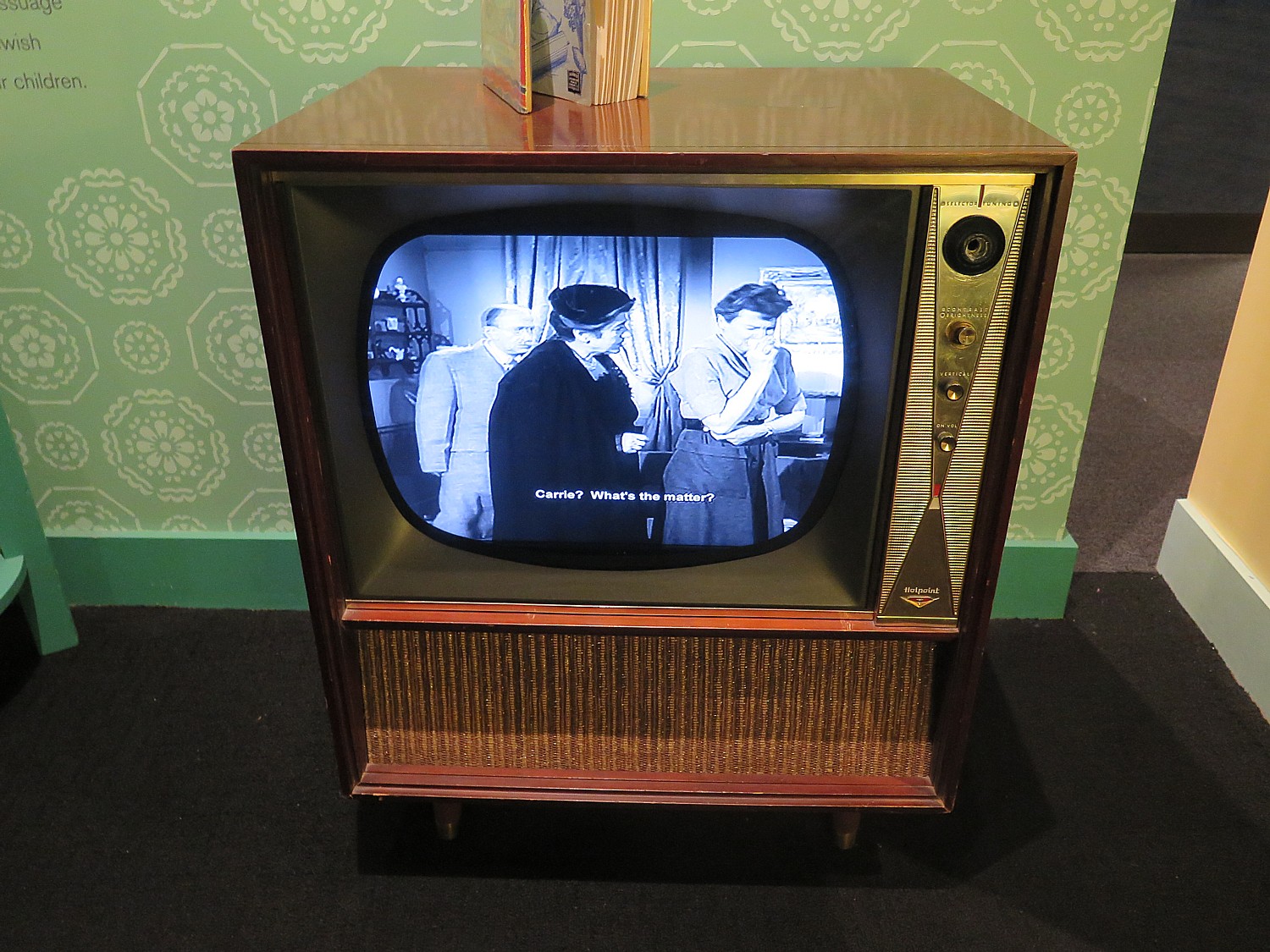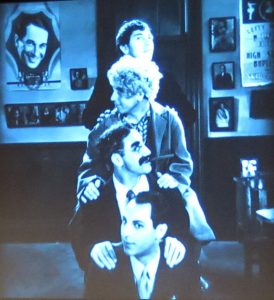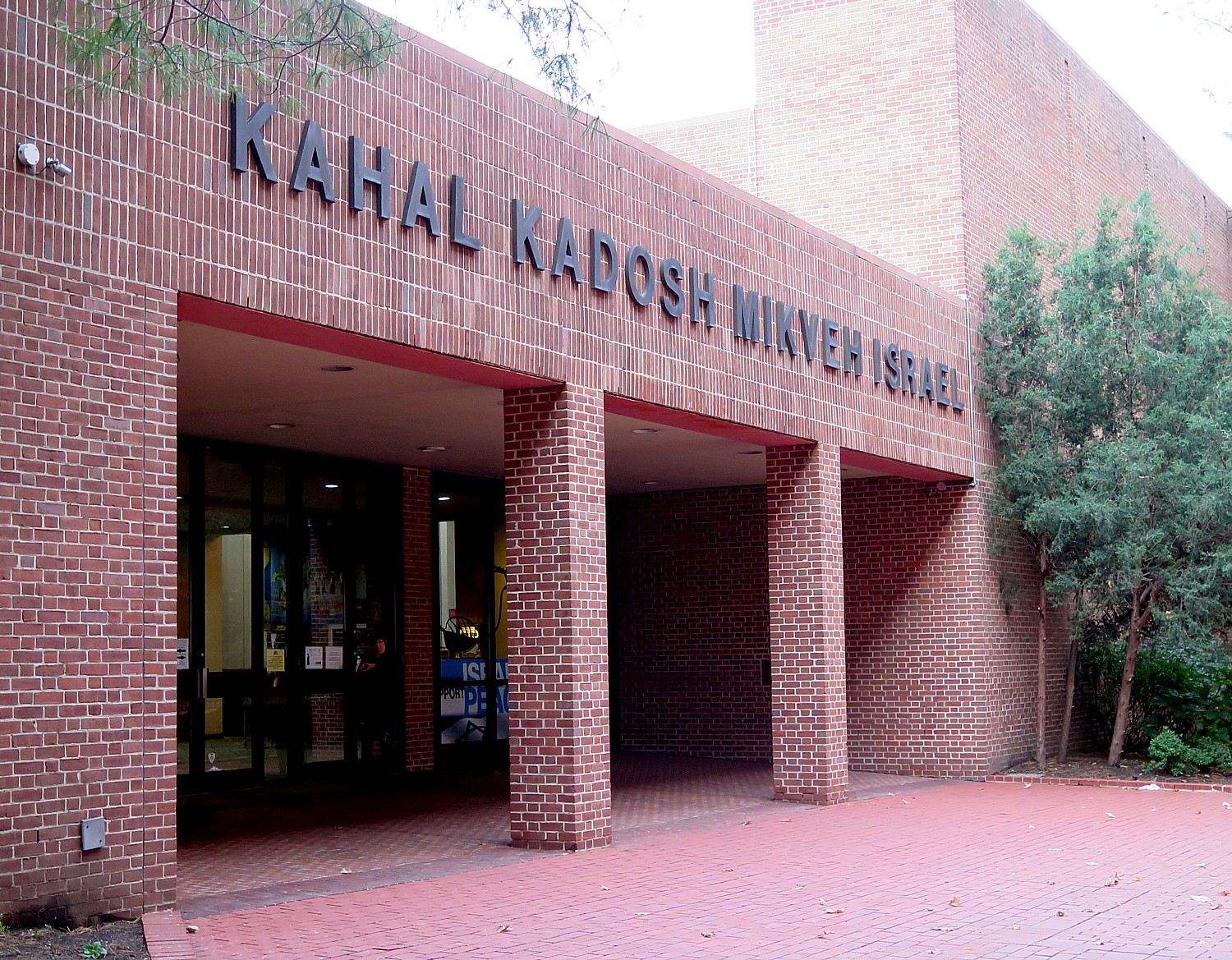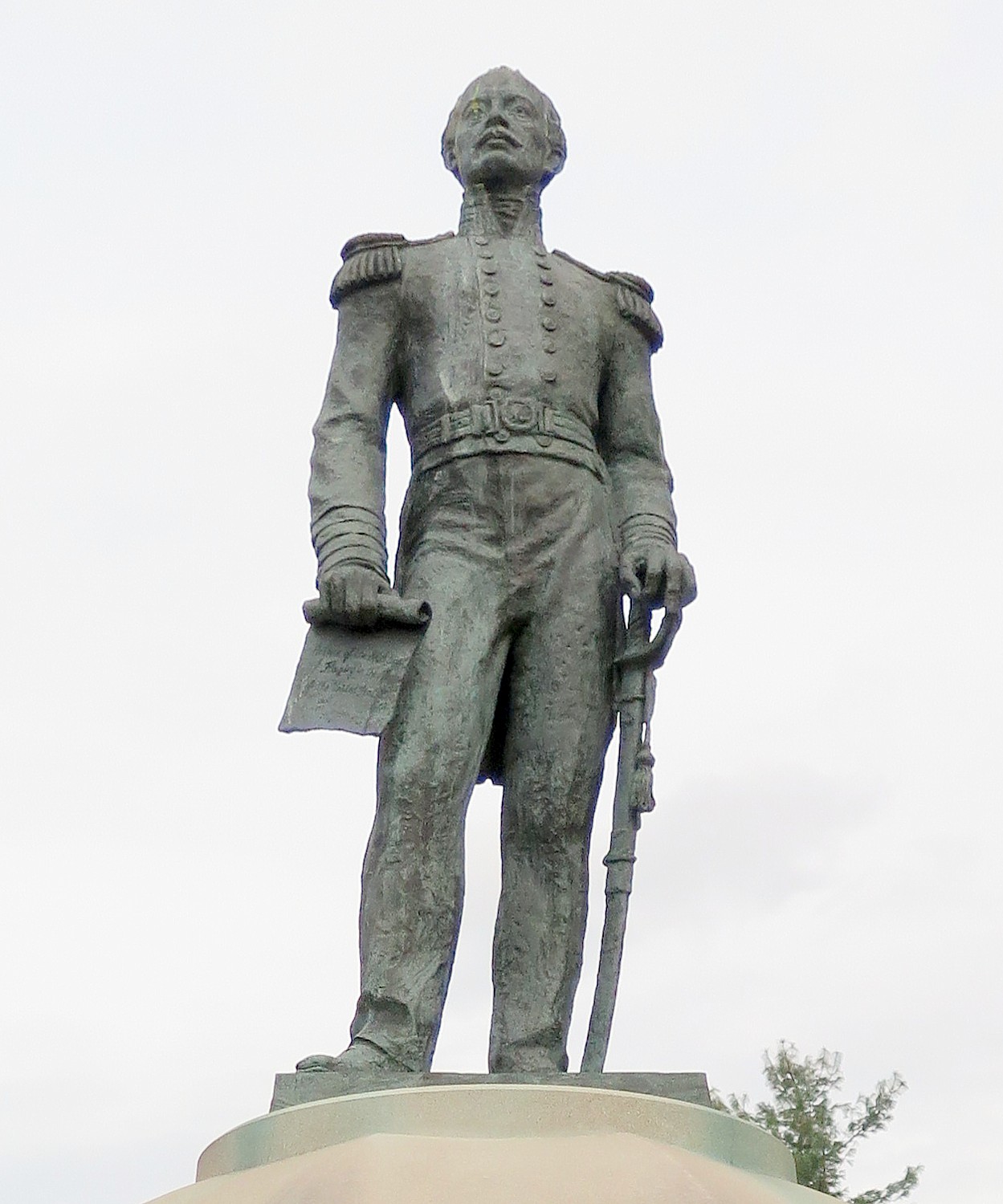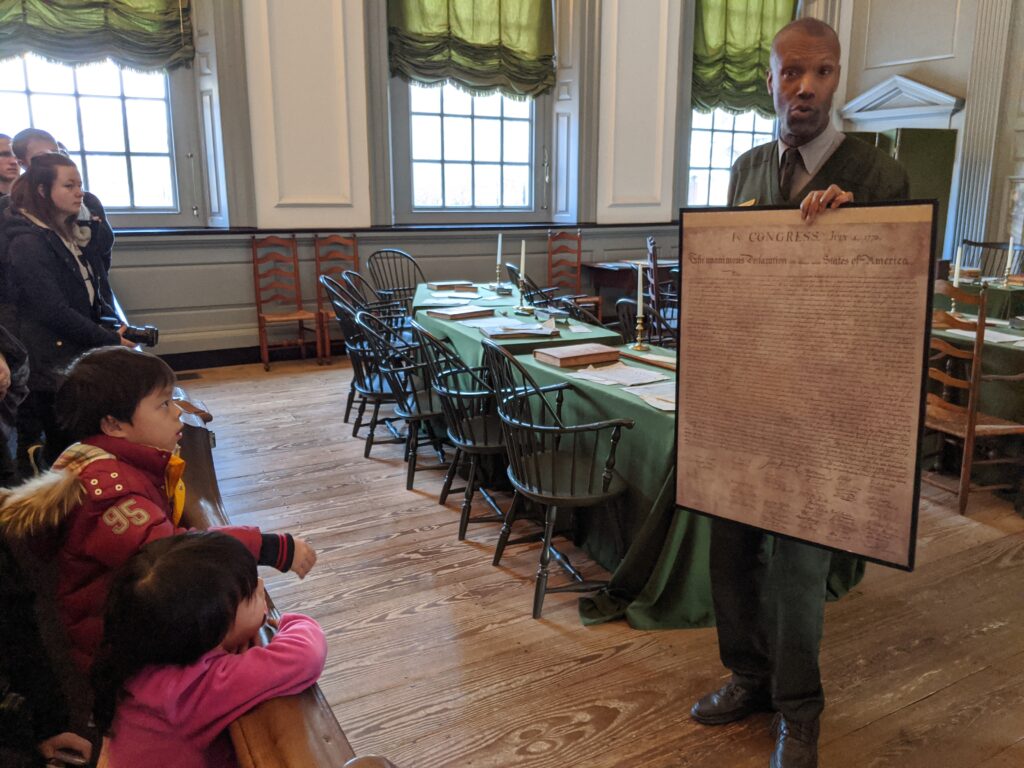
by Karen Rubin, Travel Features Syndicate, goingplacesfarandnear.com
Philadelphia is a jewel box of unique and spectacular, even life-enhancing attractions, a trove of national treasures of history, heritage, culture that glitters particularly during the holidays. The holiday splendor is eye-catching and warms the heart, but any visitor still has to make time to experience first-hand at least some of these iconic places. I manage to bookend my holiday merrymaking with a mix of art (Barnes Foundation, Philadelphia Magic Gardens) with history (Independence Hall) with heritage (National Museum of American Jewish History) with science and enlightenment (Philly is the hometown of one of our most enlightened inventors, Ben Franklin, and so I end this visit with the Franklin Institute.
Independence Hall
I’m out of The Roost East Market apartment hotel at 8:30 am for a delightful 15 minute walk down Market Street to the Independence Hall Visitor Center to get a timed ticket for a tour of Independence Hall. They start distributing tickets at 8:30 am and I get a ticket for the first tour, 9:20 am (the ticket is free; you can pay $1 for advance reservations online, www.nps.gov/inde/planyourvisit/independencehalltickets.htm). That gives me enough time to watch a short film in the Visitor Center and visit the “Great Essentials” exhibit of original printed copies of the three founding documents signed here at Independence Hall: the Declaration of Independence, Articles of Confederation and Constitution. Another interesting artifact: the Syng inkstand, believed to be the silver inkstand in which the 56 Founding Fathers dipped their quills to “mutually pledge their lives, their fortunes and their sacred honor” in the cause of independence.

We gather in a room and learn that we have come from throughout the United States and the world. “Government as we recognize it, was invented inside Independence Hall,” the Ranger tells us.
The building, in Georgian style architecture which manifested symmetry and order, is on the original site; the foundation was laid in 1732, the year George Washington was born. The founders, Ben Franklin, Alexander Hamilton, would have called the building the Pennsylvania State House. All three branches of colonial government were housed here.
“Delegates representing 13 diverse colonies, speaking with a variety of accents, met here, who would have been more familiar with London than Philadelphia. What united them was how disturbed they were how the King and Parliament was treating the colonists. It was the end of the French & Indian War (The Seven Years War), which gave the British victory and control over most of North America, but the Crown imposed new taxes to pay for the war.
We are ushered into a room that would have served as Pennsylvania’s highest court.
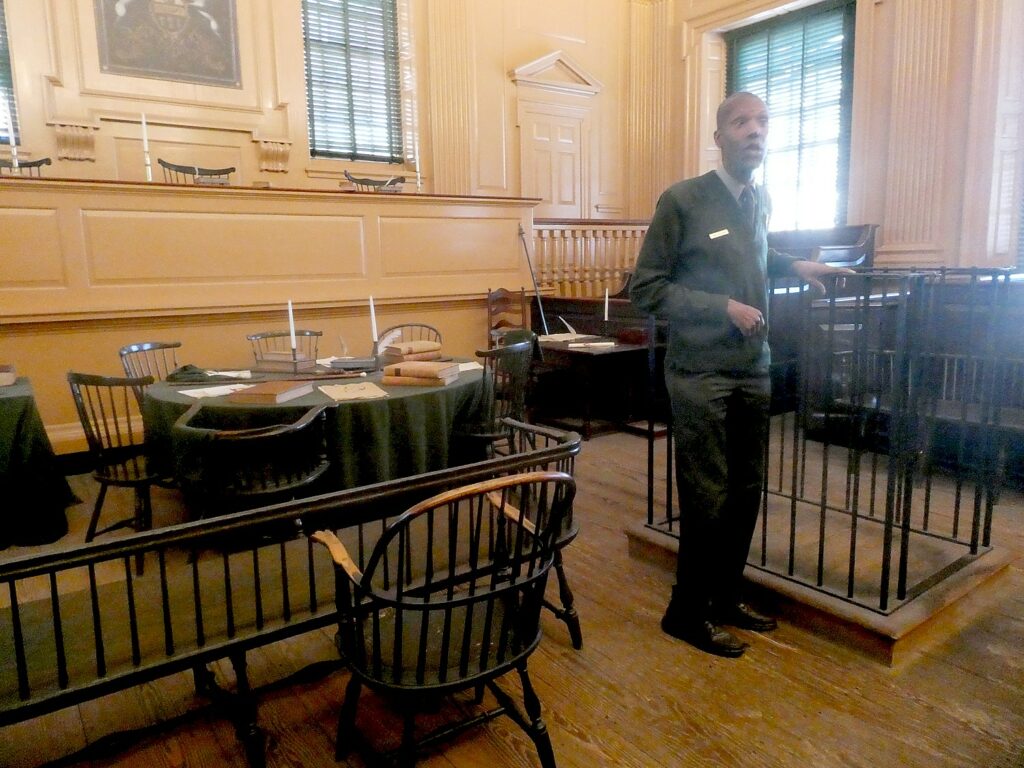
“The Magna Carta spelled out the rights of British citizens – no man above law; trial by jury of peers; attorneys would be gathered at one table and colonists could gather and watch the trial. Colonists inherited numerous rights.” But grievances grew – taxation without representation – and the colonists saw their rights being whittled away by the British crown.
We enter the very room where the Continental Congress brought together delegates from 13 free and independent states. “We don’t know for sure but we think they were probably seated by geographic area.” As they gathered to consider their grievances with the crown, shots were fired at Lexington and at Concord, “the shots heard ‘round the world.” The War for Independence officially began.
July 8 1776, the bell in the steeple announced the first reading of Independence. (You can see the Liberty Bell with its famous crack now housed in its own pavilion.)
The visit, coming at such an auspicious time in American history, is like going back to ground zero of the founding:

At the start, colonists were deeply divided. The delegates met for a year before Thomas Jefferson penned the words, “All men are created equal endowed by their Creator with certain inalienable rights, to life, liberty and the pursuit of happiness”
“That was one of the most profound and inspiring statements in human history. That government derives just power from the consent of the governed,” he said.
The War for Independence lasted eight years – France and Spain aided; the Dutch provided financial support. But the War for Independence also was a civil war that divided communities and even families. Ben Franklin’s own son, Sir William, was the Royal Governor of New Jersey, and remained a loyalist. He left America for England. (You can also visit the marvelous Ben Franklin Museum, housed below where his house would have been.)
The powerful words, “All men created equal” presented a paradox, even to the Founding Fathers, many of whom were slave owners from states where the economy derived from slavery. Despite Abigail Adams’ exhortation to husband John Adams to “Remember the ladies,” women’s rights were not even a consideration. “The Declaration is a document of promise,” the Ranger reflects. “Lincoln mentioned the Declaration of Independence in his Gettysburg Address; suffragettes Susan B Anthony and Elizabeth Cady Stanton; Frederick Douglass & Martin Luther King Jr. all drew on the Declaration. We are exhausted from becoming independent, but work had just begun.”
The Articles of Confederation which set up the United States’ first government “was more like treaty of 13 independent countries, with 13 armies, 13 currencies. In less than four months, it was replaced with a central government under the Constitution.”
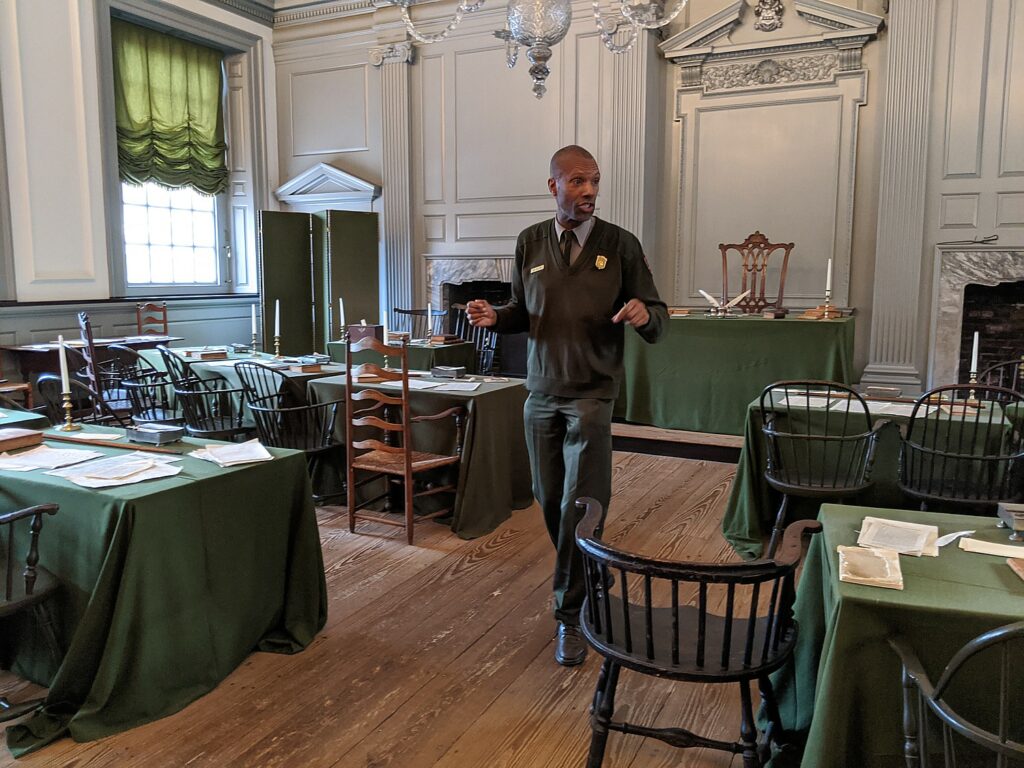
We see the chair used by George Washington, which has carved into it a rising sun. James Madison and Alexander Hamilton argued and debated over making of three co-equal branches of government; they compromised over representation of large and small states; compromised over the power and function of the presidency.
“George Washington called it the ‘miracle in Philadelphia.’ But they knew they could not predict the future. So the Constitution was designed to change, with provision to amend it.”
Plan your visit, get itinerary suggestions at Independence National Historic Park, 215-965-2305, www.nps.gov/inde/planyourvisit/index.htm.
The tour takes about a half-hour, and I am trying to pack a lot into one day. I decide to forgo a tour of Congress Hall and the Liberty Bell to race over to the National Museum of American Jewish History because I spot a banner showcasing the special exhibit, “Notorious RBG” which is only on view through Jan. 12. Supreme Court Justice Ruth Bader Ginsburg is one of my heroes.
Notorious RBG at NMAJH
“Notorious RBG: The Life and Times of Ruth Bader Ginsburg,” at the National Museum of American Jewish History (NMAJH) is the first-ever museum retrospective of the Supreme Court Justice-turned-pop-culture-icon. The special exhibition traces a career that traveled from trailblazer to pop-culture icon, exploring the roots of her precedent-setting role on the nation’s highest court, as well as her varied roles as a student, life partner, mother, change-making lawyer, judge, and women’s rights pioneer.
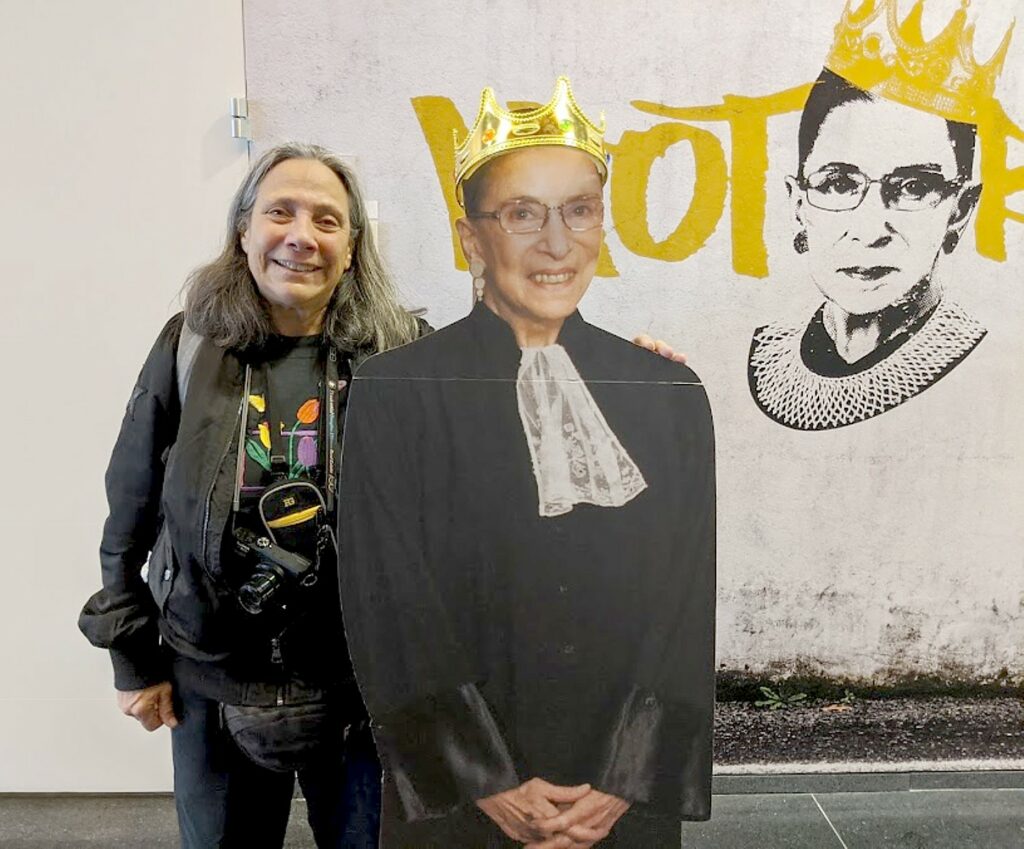
Even though I had seen the excellent “Notorious RBG” documentary and the superb “On the Basis of Sex” film (written by her nephew) which formed the basis of the exhibit (photos, home movies), there was still so much to learn, and the artifacts, and explanations.
The second woman—and the first Jewish woman—to serve on the U.S. Supreme Court, Justice Ginsburg acquired the “Notorious RBG” moniker after a series of fiery, record-breaking dissents she gave from the Supreme Court bench in 2013 around the Voting Rights Act. Then-NYU law student Shana Knizhnik was inspired to create the Notorious RBG tumblr, referencing rap star Notorious B.I.G. (In homage to Notorious B.I.G., the exhibition section titles are inspired by his lyrics.)
Based on the New York Times best-selling book of the same name by Knizhnik and Irin Carmon, the visually rich and entertaining exhibition explores RBG’s legacy through archival photographs and documents, historical artifacts, contemporary art, media stations, and gallery interactives. It presents not only the Justice’s writings, opinions, and interviews, but also the whimsical yet powerful world of Notorious RBG memes, fan art, and parody – from a cartoon action figure named Wrath Hover Ginsbot to renderings of the Justice’s likeness on t-shirts, nail decals, and even as tattoos. (Clearly, Justice Ginsburg has always had a sense of humor, which was at the essence of her long-time relationship with her husband, Marty).
NMAJH’s location on Independence Mall provides an ideal backdrop for exploring Justice Ginsburg’s story and the circumstances that brought her to the Court. It places the Justice’s story at the very location where the United States was founded and the US Constitution established the Supreme Court. In fact, just diagonally across from NMAJH is the National Constitution Center (constitutioncenter.org).

Established in 1976, the National Museum of American Jewish History is the only museum in the nation dedicated exclusively to exploring and interpreting the American Jewish experience, going back 360 years. NMAJH, a Smithsonian Affiliate, was originally founded by the members of historic Congregation Mikveh Israel, which was established in 1740 and known as the “Synagogue of the American Revolution”.
The National Museum of American Jews is a revelation to me – beginning with why it is “National”: it is the only museum of its kind in the nation. That’s why.
I have seen parts of the story in other venues – notably Touro Synagogue in Newport, Rhode Island (www.tourosynagogue.org), the Holocaust Museum in St. Petersburg, Florida; Ellis Island and the Jewish Museum in New York City– but none presented such a comprehensive unfolding of the epic Jewish experience in America that dates back nearly as far as the Puritans in Plymouth (though Jews first settled in the New World since Columbus).
Its exhibits and galleries, the artifacts and commentary brilliantly presented to express complex concepts – the sweep of history, in effect – but taken down to very personal levels of a person, with a face, a name and a genealogy.
It comes down to legitimacy – much as the museums which speak to the Jewish people’s history in Israel – and the illegitimate notion of the United States founded as a Christian nation. Non-Christians were part of this country’s founding and the Founders, who were humanists, globalists and men of the Enlightenment – among them George Washington, Thomas Jefferson and Ben Franklin – were not only tolerant of other religions but open-minded about philosophies. But what is painfully clear are the strains of anti-Semitism and racism that have persisted throughout American history despite George Washington’s assurances to the Touro congregation (“To Bigotry No Sanction,”), despite the Bill of Rights and the Naturalization Act of 1790 which bar the establishment of religion, an issue as relevant as today’s headlines.
There are four floors which wrap around a huge atrium, each floor devoted to a different era and theme. The displays, including multi-media , interactive stations, and artifacts, are well presented to convey complex, even nuanced concepts, intertwining real people with places, historical events and cultural movements. In some instances, it is the sheer numbers that impress: “Foundations of Freedom: 1654-1880” (Do most Americans realize that Jews were already settled in the New World colonies from 1654?); “Innovation & Expansion” is part of the timeline of Jews in America usually ignored entirely, but Jews were very much a part of the Westward expansion and the march to the Industrial Revolution; “Dreams of Freedom: 1880-1945”, chronicling the migration of millions of immigrants who came to the United States beginning in the late 19th century who profoundly reshaped the American Jewish community and the nation as a whole; and Choices and Challenges of Freedom: 1945 – Today.
NMAJH , 101 South Independence Mall East at the corner of Fifth and Market Streets, www.NMAJH.org 215.923.3811.
Next: More Philadelphia Treasures: Magic Gardens, Franklin Institute
A Visit Philly Overnight Hotel Package includes overnight free parking and perks, and is bookable at Greater Philadelphia’s official visitor website, visitphilly.com, 800-537-7676 where you can explore things to do, upcoming events, themed itineraries and hotel packages.
_________________________
© 2019 Travel Features Syndicate, a division of Workstyles, Inc. All rights reserved. Visit goingplacesfarandnear.com, www.huffingtonpost.com/author/karen-rubin, and travelwritersmagazine.com/TravelFeaturesSyndicate/. Blogging at goingplacesnearandfar.wordpress.com and moralcompasstravel.info. Send comments or questions to [email protected]. Tweet @TravelFeatures. ‘Like’ us at facebook.com/NewsPhotoFeatures




